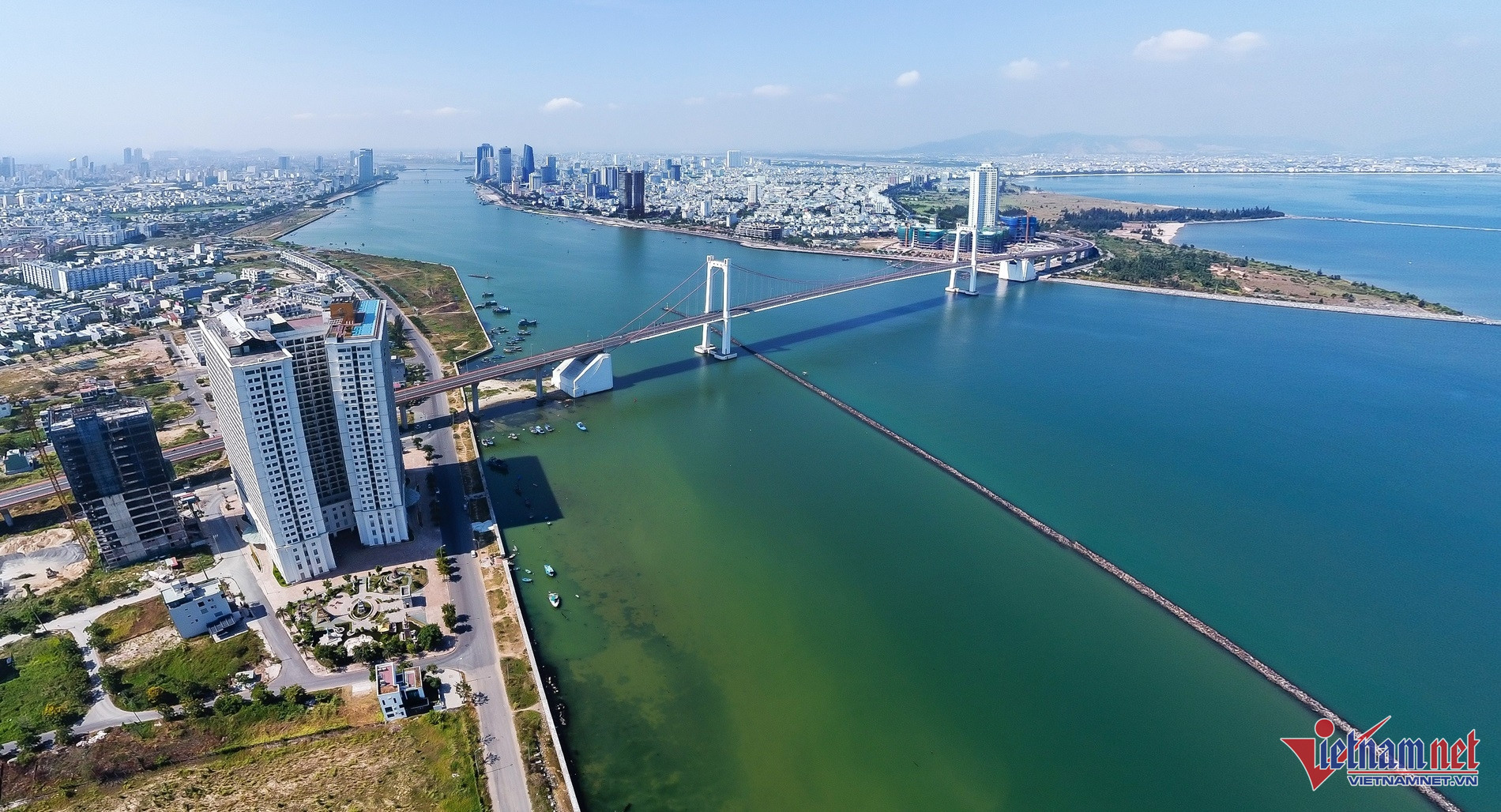
The Han River flows into Da Nang Bay, dividing the city into two banks, the east and the west. The east bank is the districts of Son Tra and Ngu Hanh Son bordering the sea; the west bank is the districts of Hai Chau, Thanh Khe and Cam Le. The Han River is a significant landscape axis of Da Nang City. Connecting the two banks of the beautiful Han River are up to 5 typical bridges. Each bridge has its own beauty and history. In the picture is Thuan Phuoc Bridge.
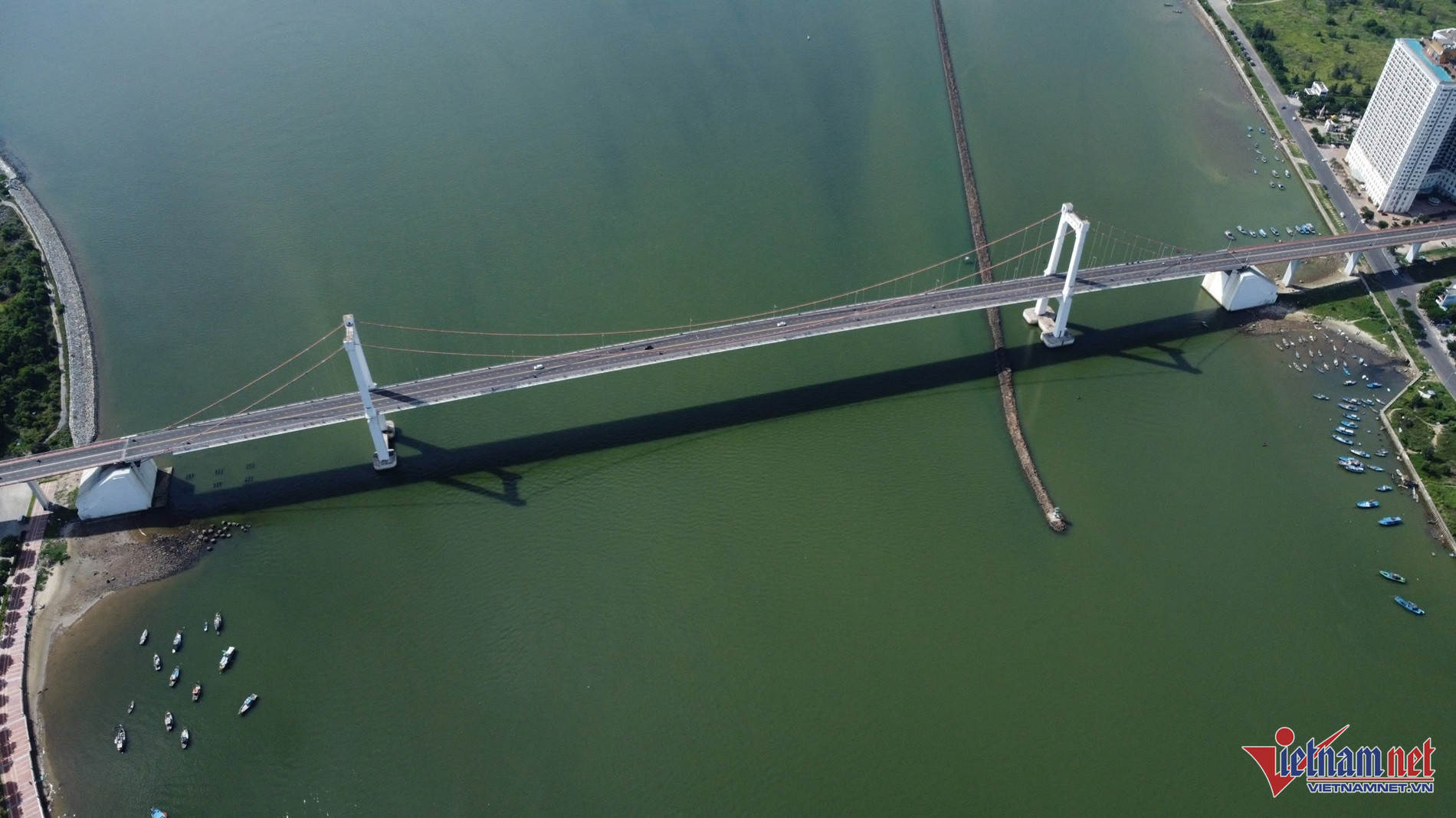
Thuan Phuoc Bridge is a cable-stayed suspension bridge spanning the two banks of the Han River, connecting Nguyen Tat Thanh Street with Man Quang Bridge, between Hai Chau and Son Tra districts. The bridge began construction in 2003 and was inaugurated in 2009.
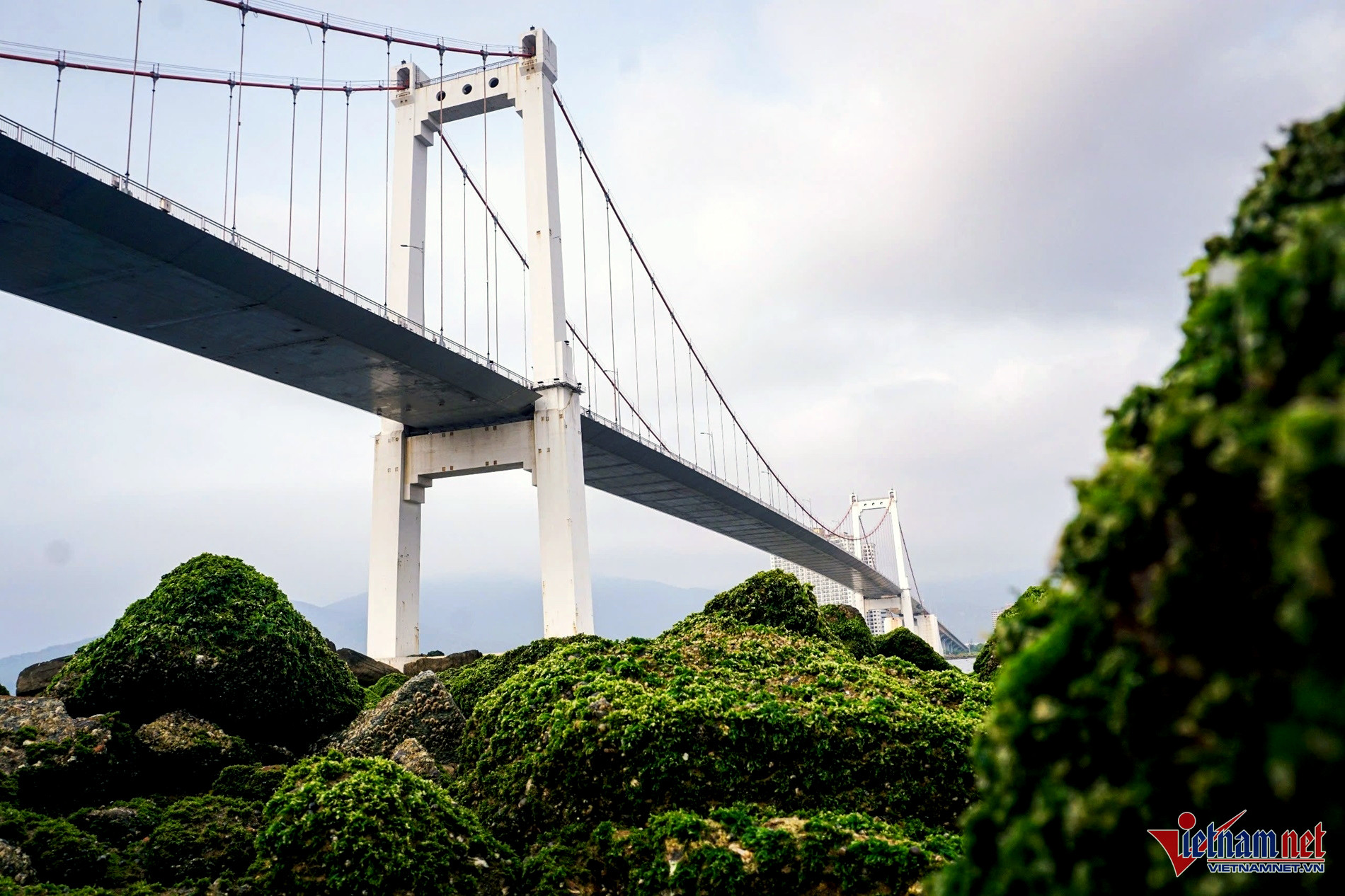
The bridge is located at the end of the Han River, spanning Da Nang Bay, 1,856m long, 18m wide with 2 towers about 80m high from the pile base, 3 cable spans 655m long. The architecture of Thuan Phuoc Bridge is slender, graceful, creating a poetic scene at the estuary and Son Tra peninsula.
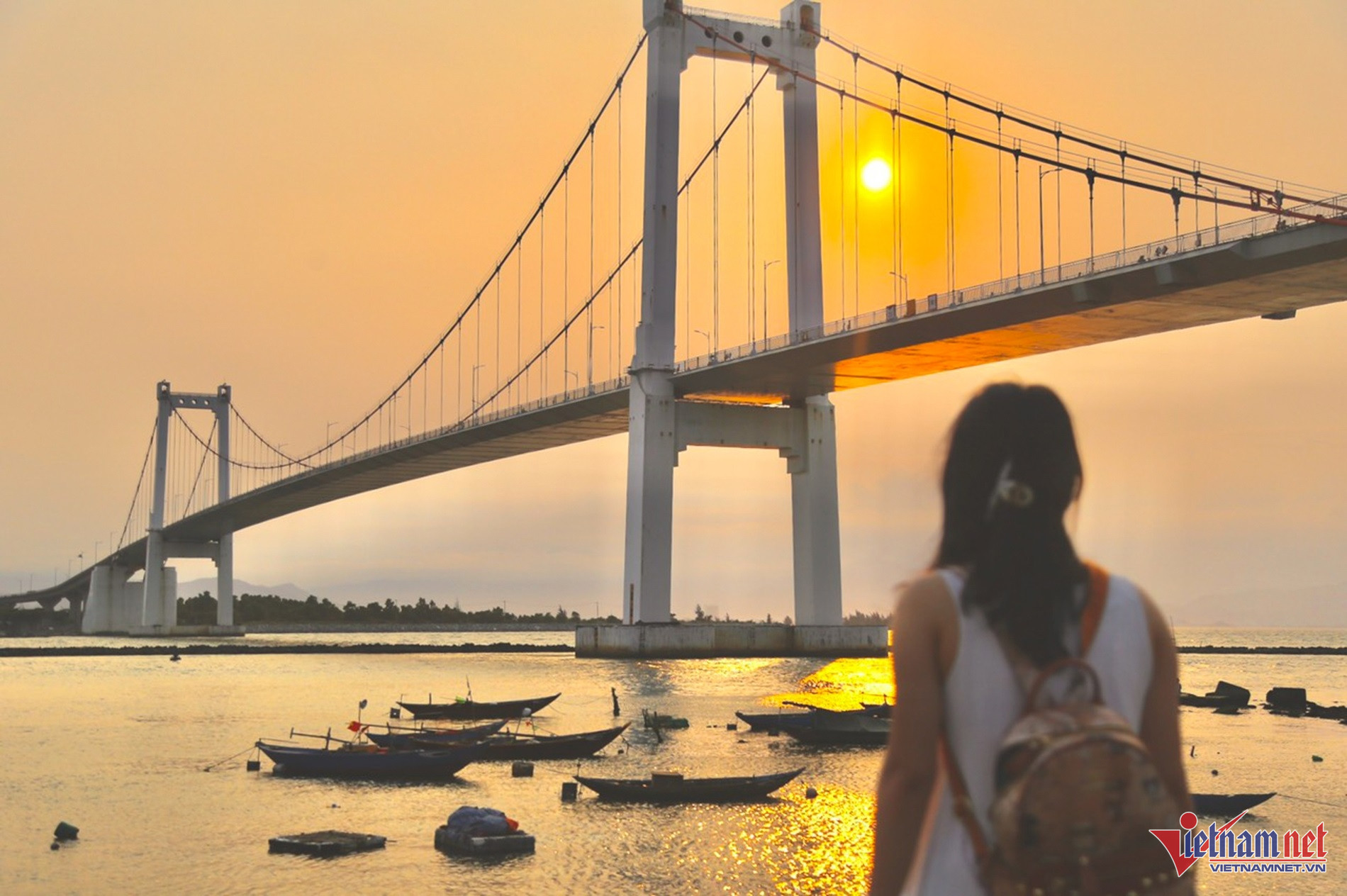
Thuan Phuoc Bridge attracts many locals and tourists to "hunt" for romantic sunset moments.
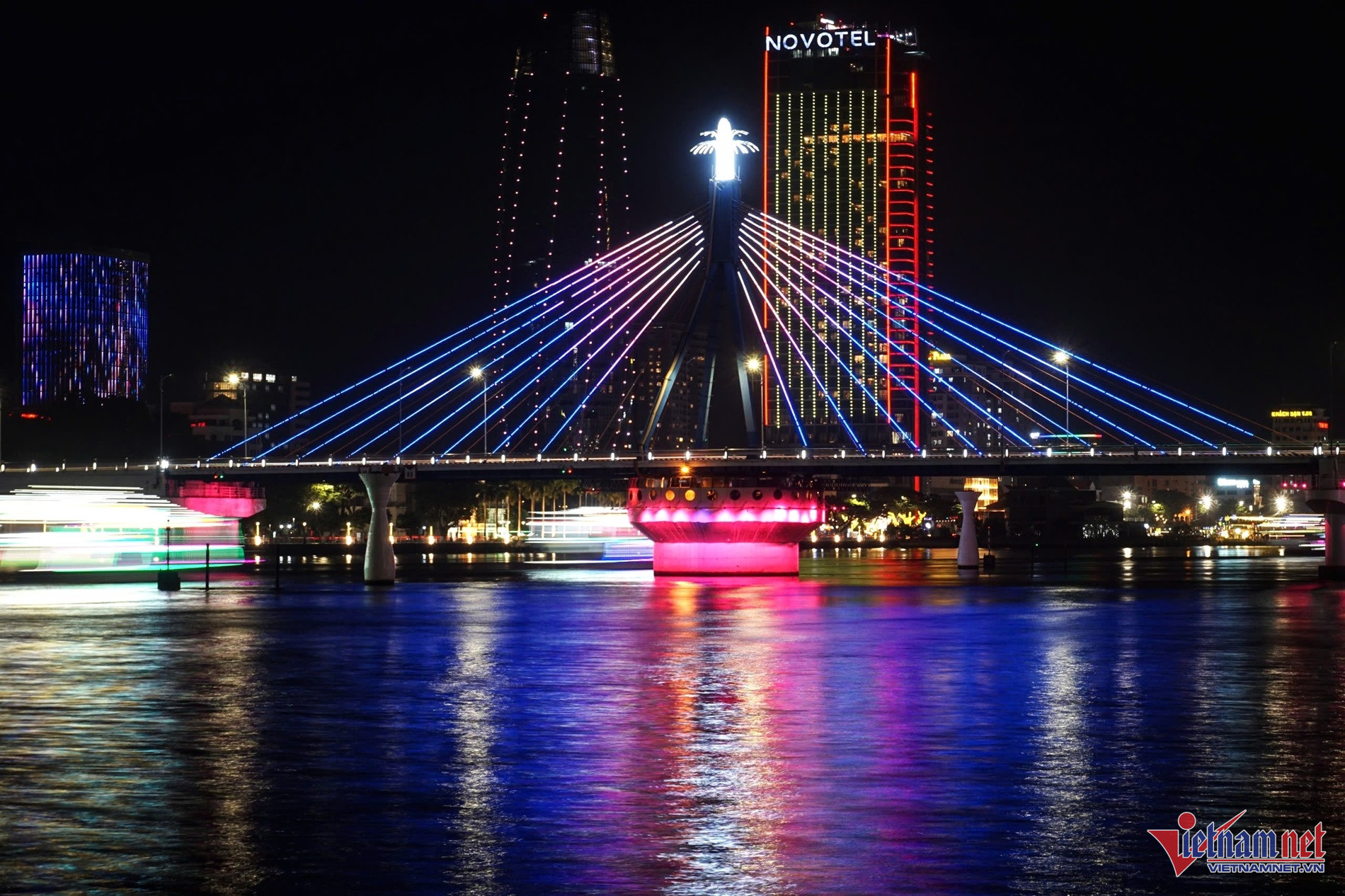
Han River Bridge is the first swing bridge in the country, inaugurated in 2000. The bridge is 487.7m long and 12.9m wide, connecting two central routes between Hai Chau district and Son Tra district. In addition to its traffic purpose, Han River Bridge also has great aesthetic value, like a picture in the heart of the city.
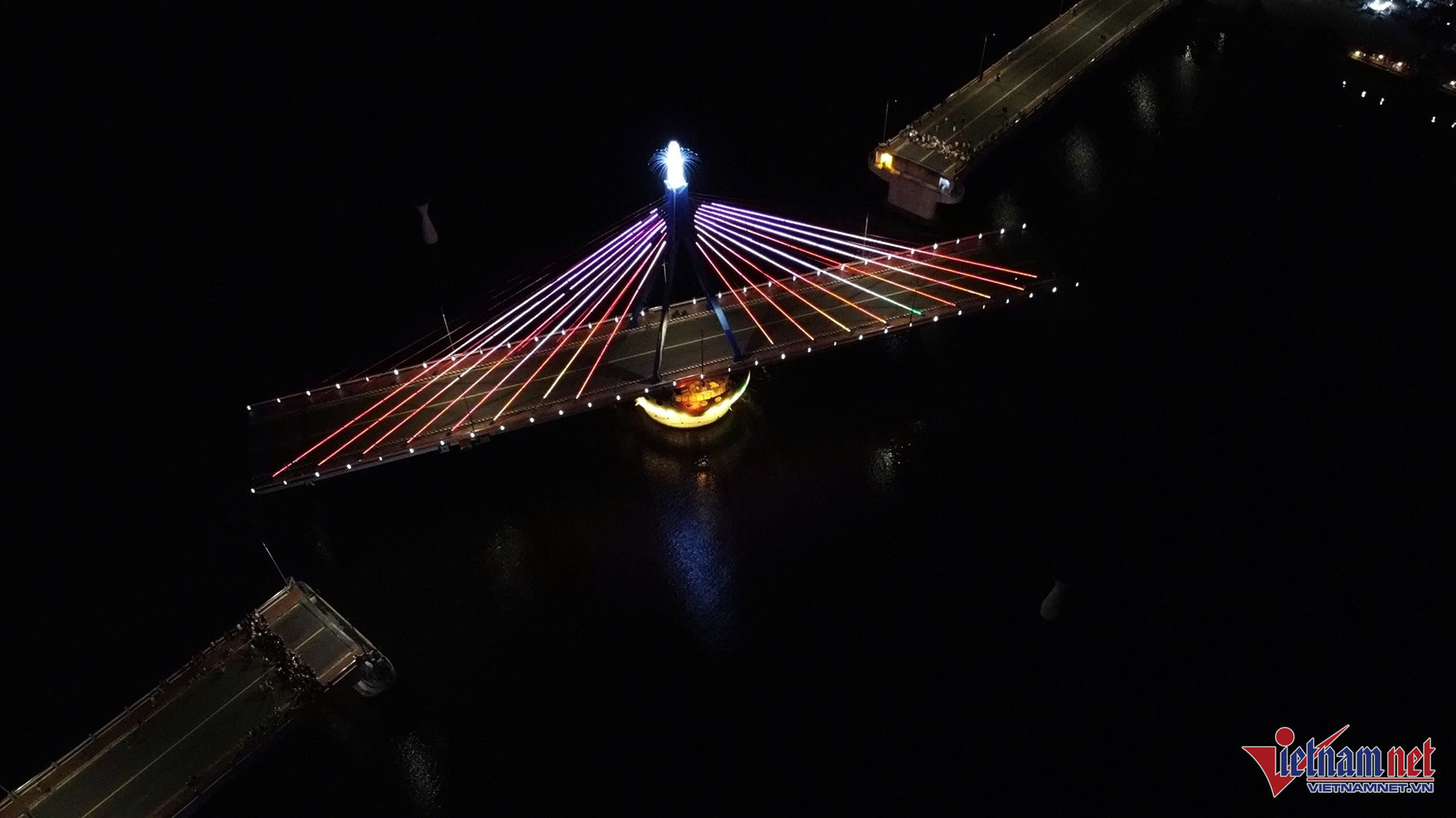
The bridge section on the middle of the river can rotate 90 degrees parallel to the flow direction to allow large ships to pass. The project is also a symbol of the combination and consensus between the government and the people, as Da Nang people contributed money to build it.
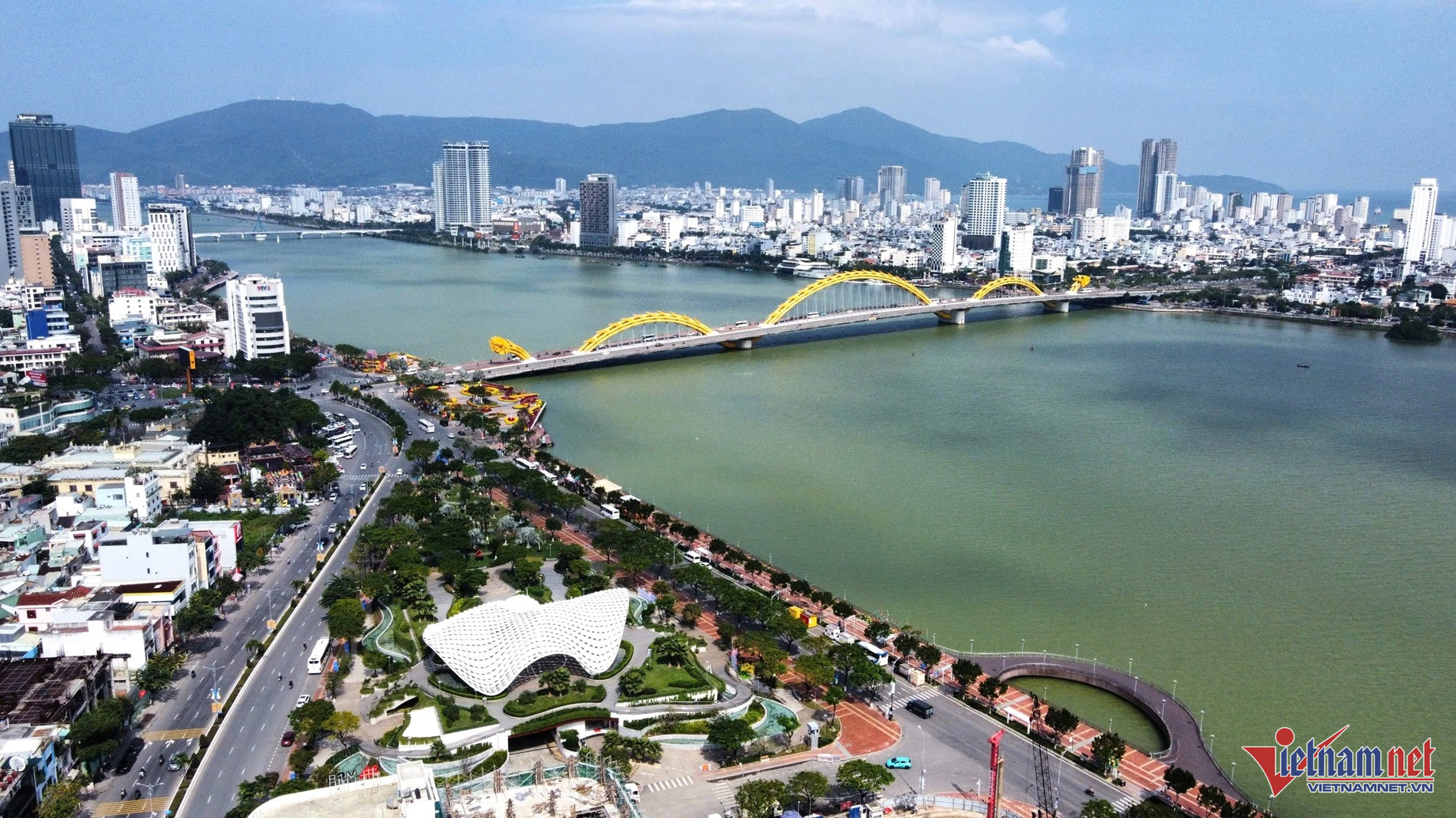
Dragon Bridge is located to the south of Han River Bridge, about 1.5 km from Han River Bridge. This is a bridge with a special architecture. The entire structure of the bridge simulates the shape of a dragon writhing and reaching out to the sea.
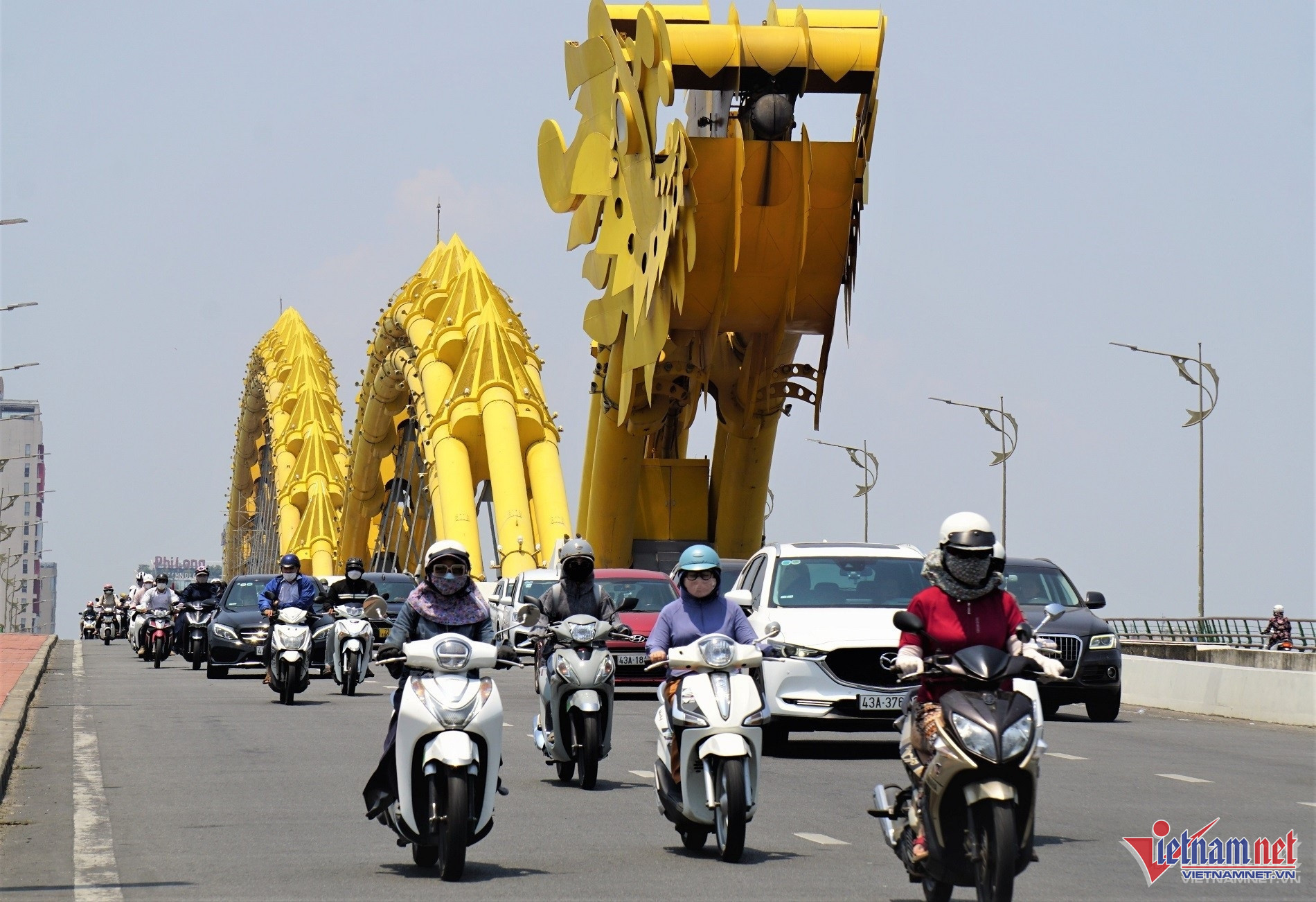
Dragon Bridge was started in 2009 and completed in 2013. The bridge has a reinforced concrete structure combined with a steel structure, 666.5m long, 37.5m wide and divided into 5 spans.
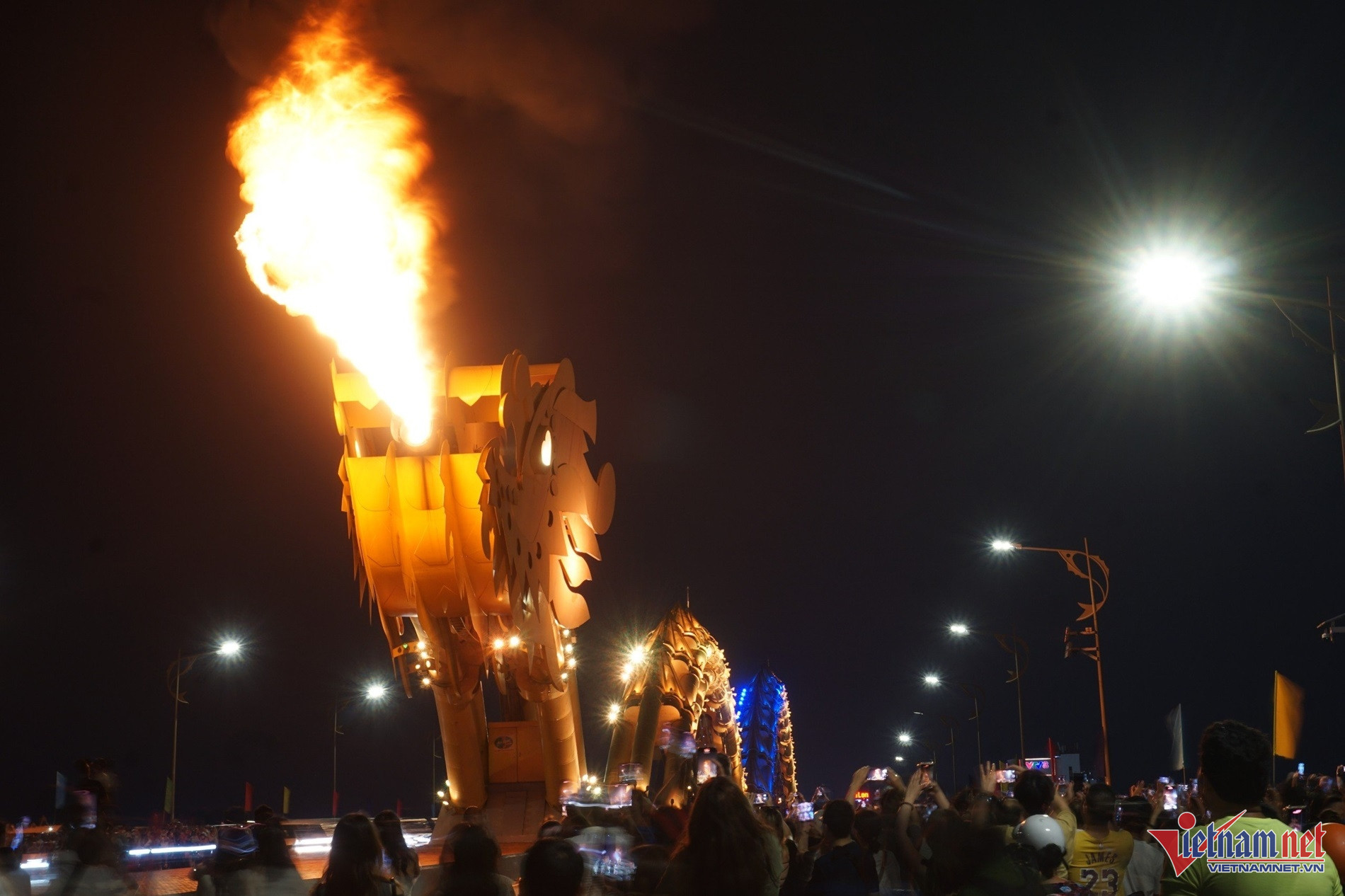
The dragon head is designed to spray water and fire to serve tourists on weekend nights, holidays, and Tet. This is an impressive image that tourists cannot miss when coming to the coastal city of Da Nang.
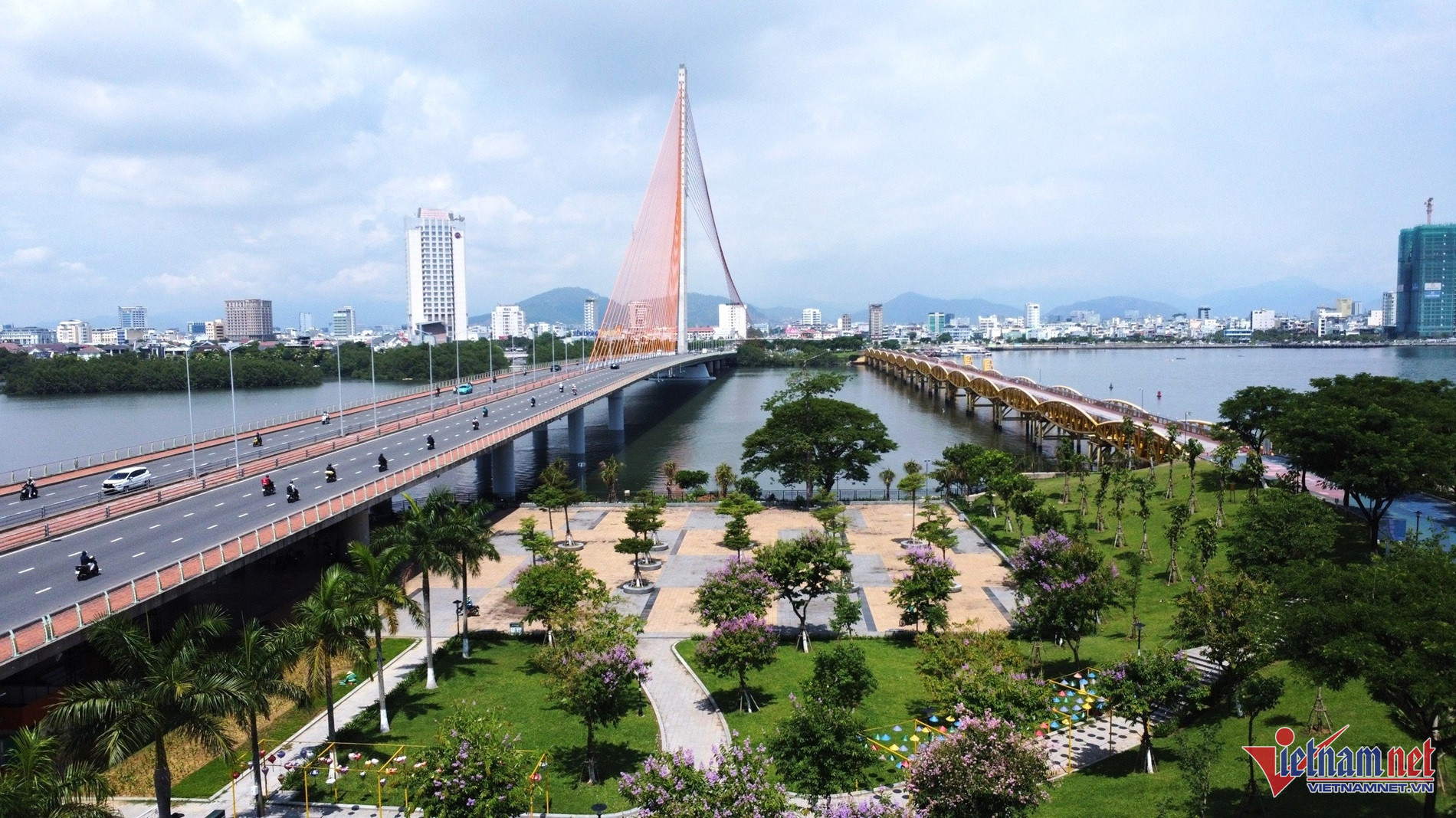
Not far away are two parallel bridges connecting Hai Chau district and Ngu Hanh Son district, including Tran Thi Ly bridge (left) and Nguyen Van Troi bridge.

Nguyen Van Troi Bridge was built in 1960 with an architecture of 14 Poni steel truss spans, total length of 513.8m, 8.5m wide roadway, no sidewalk for pedestrians. Nguyen Van Troi Bridge is the first road bridge across the Han River.
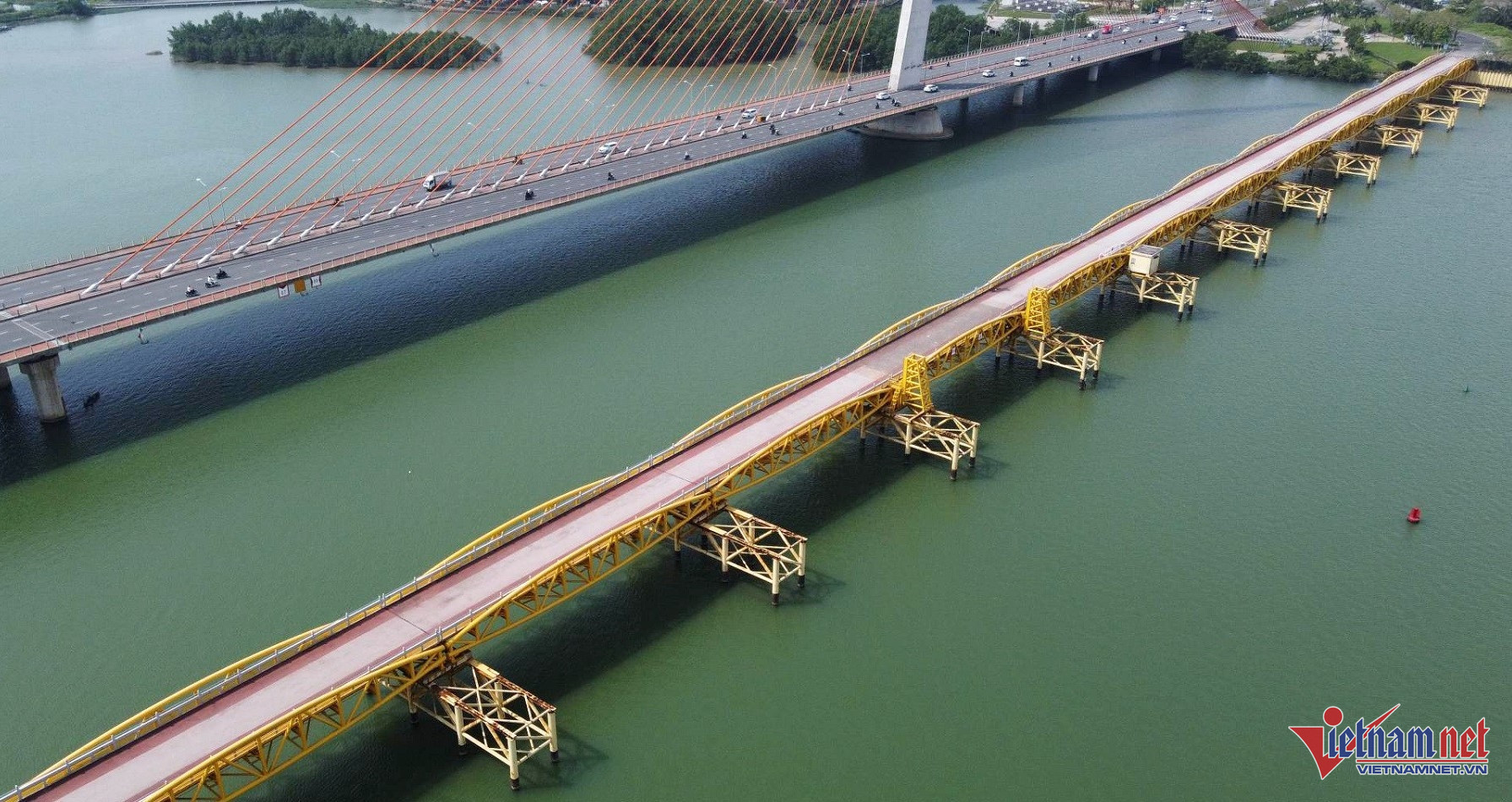
In 2012, Nguyen Van Troi bridge stopped operating and in 2013, through the renovation process, the bridge was designed with additional functions such as being able to raise and lower for boats to pass and serve the walking, playing and sightseeing needs of residents and tourists.
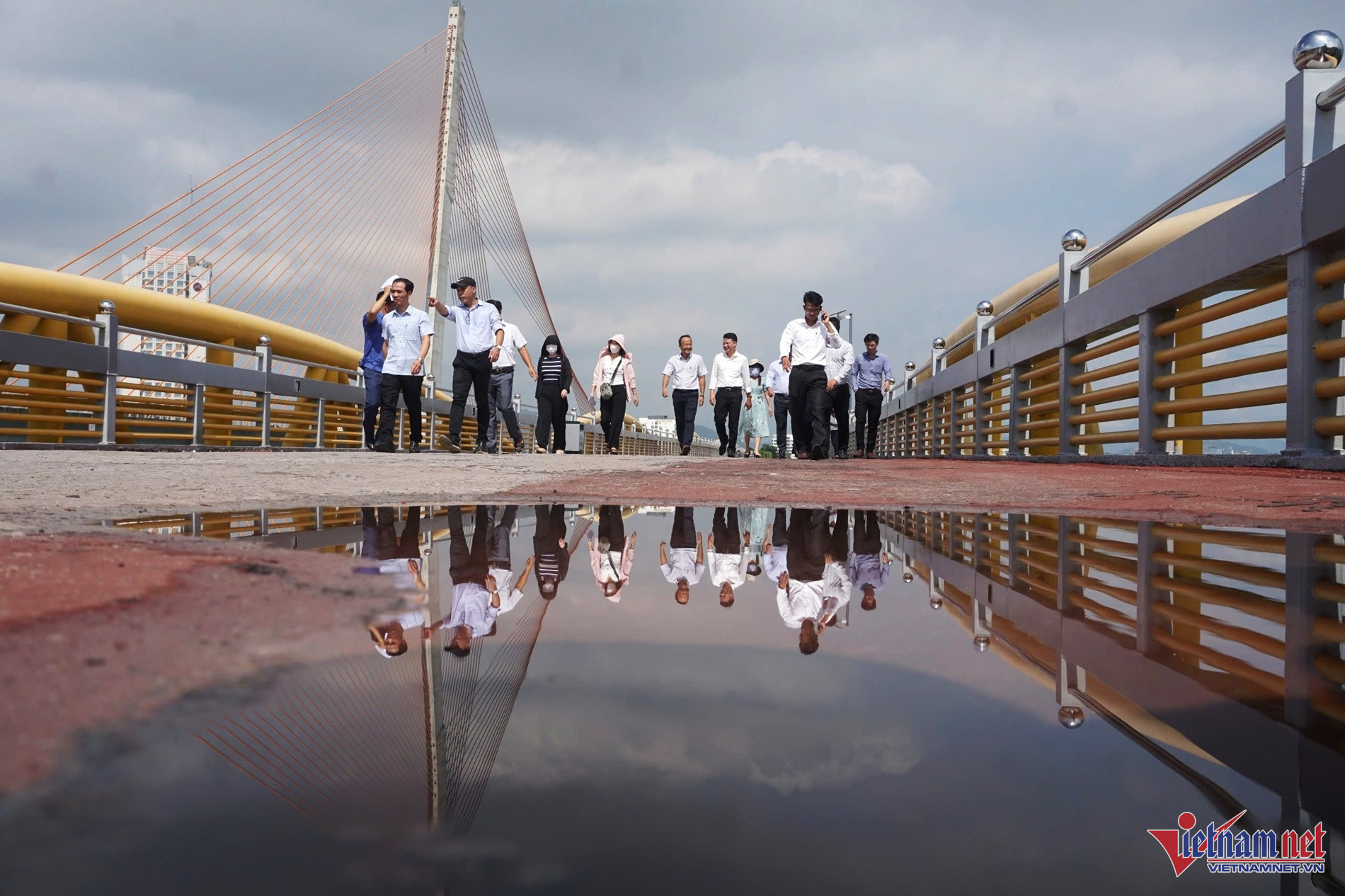
Nguyen Van Troi Bridge brings visitors a peaceful, profound look in the middle of a dynamic city. The bridge is becoming a photo spot and serving the walking street of Da Nang.
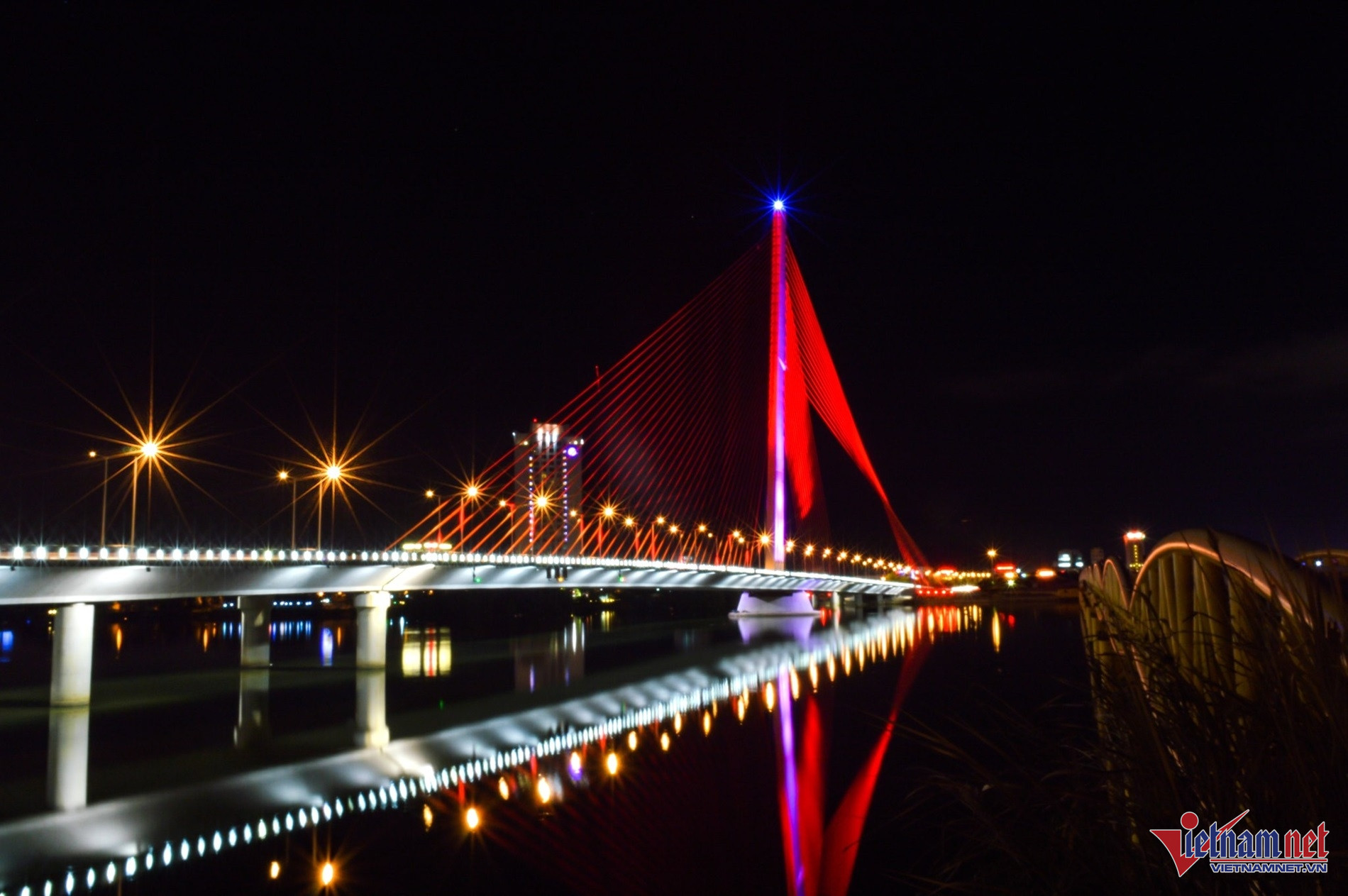
Right next to Nguyen Van Troi pedestrian bridge is Tran Thi Ly bridge. The bridge has the image of a sail stretching out to the sea. The bridge is also equipped with a modern lighting system, making the bridge sparkle at night.
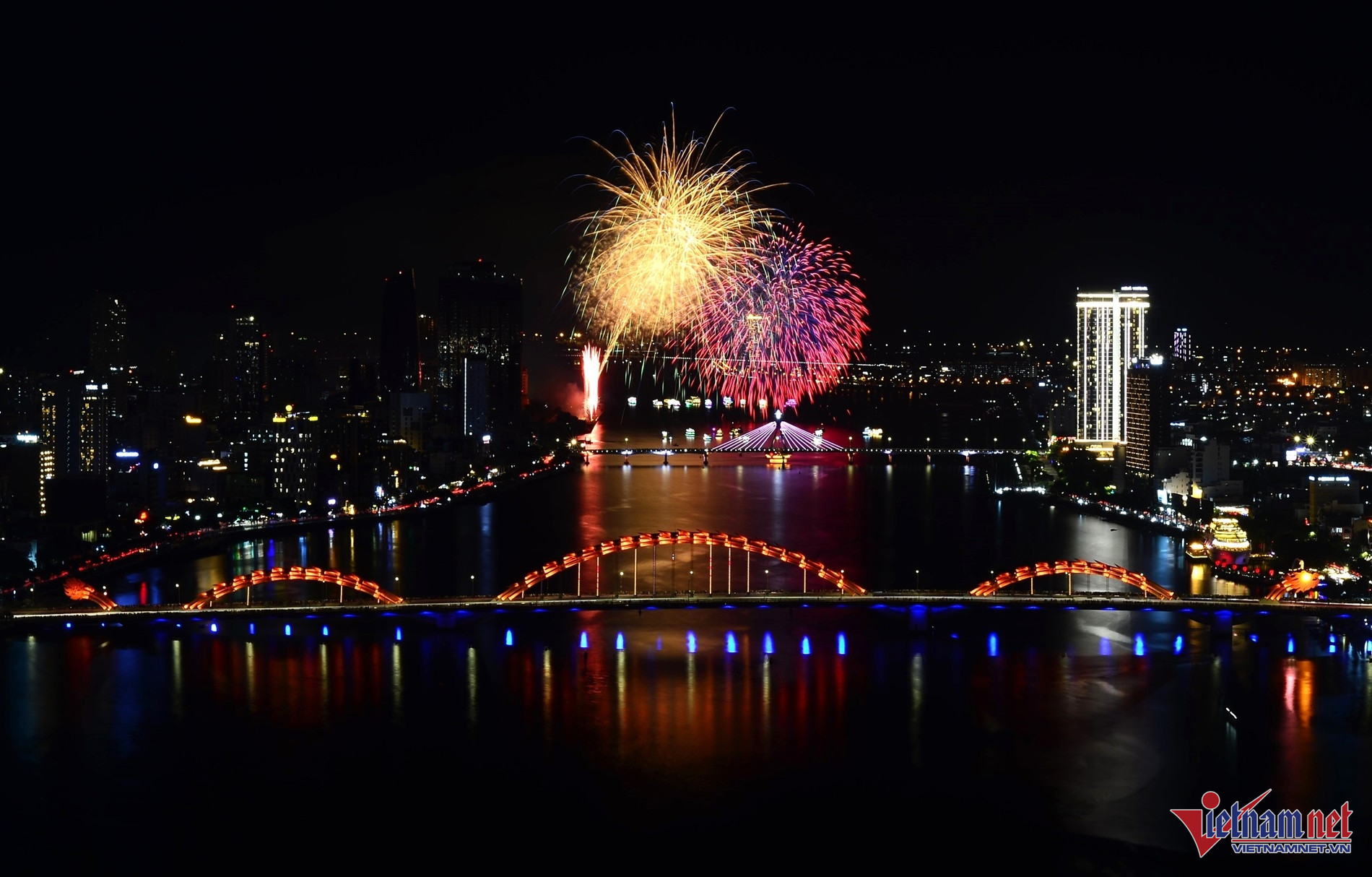
With 5 famous bridges bringing unique beauty to Da Nang city. Han River at night becomes sparkling with the lights and designs of the bridges connecting the east and west banks.
Vietnamnet.vn
Source: https://vietnamnet.vn/nhung-cay-cau-thiet-ke-dac-biet-noi-doi-bo-song-han-2365796.html


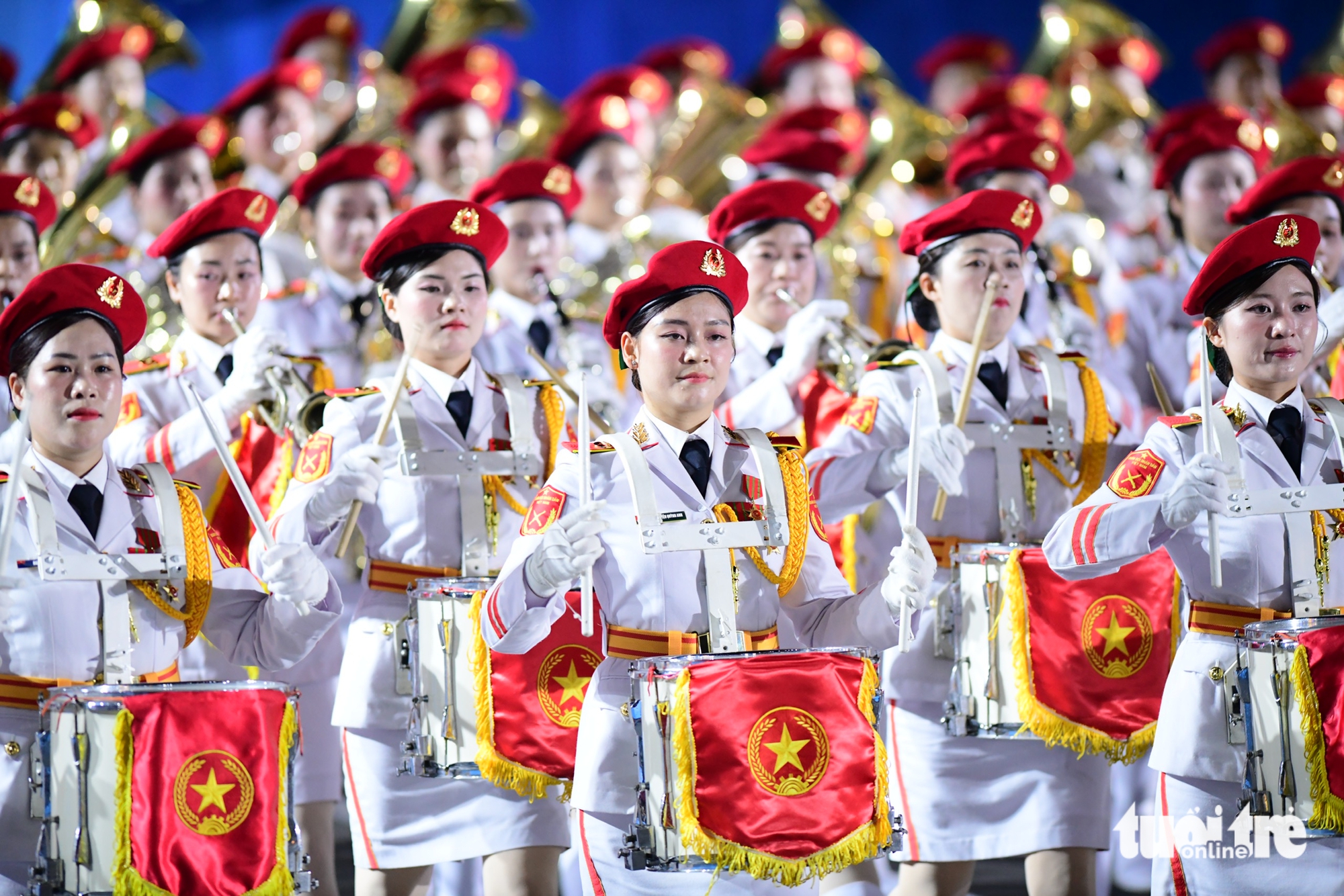
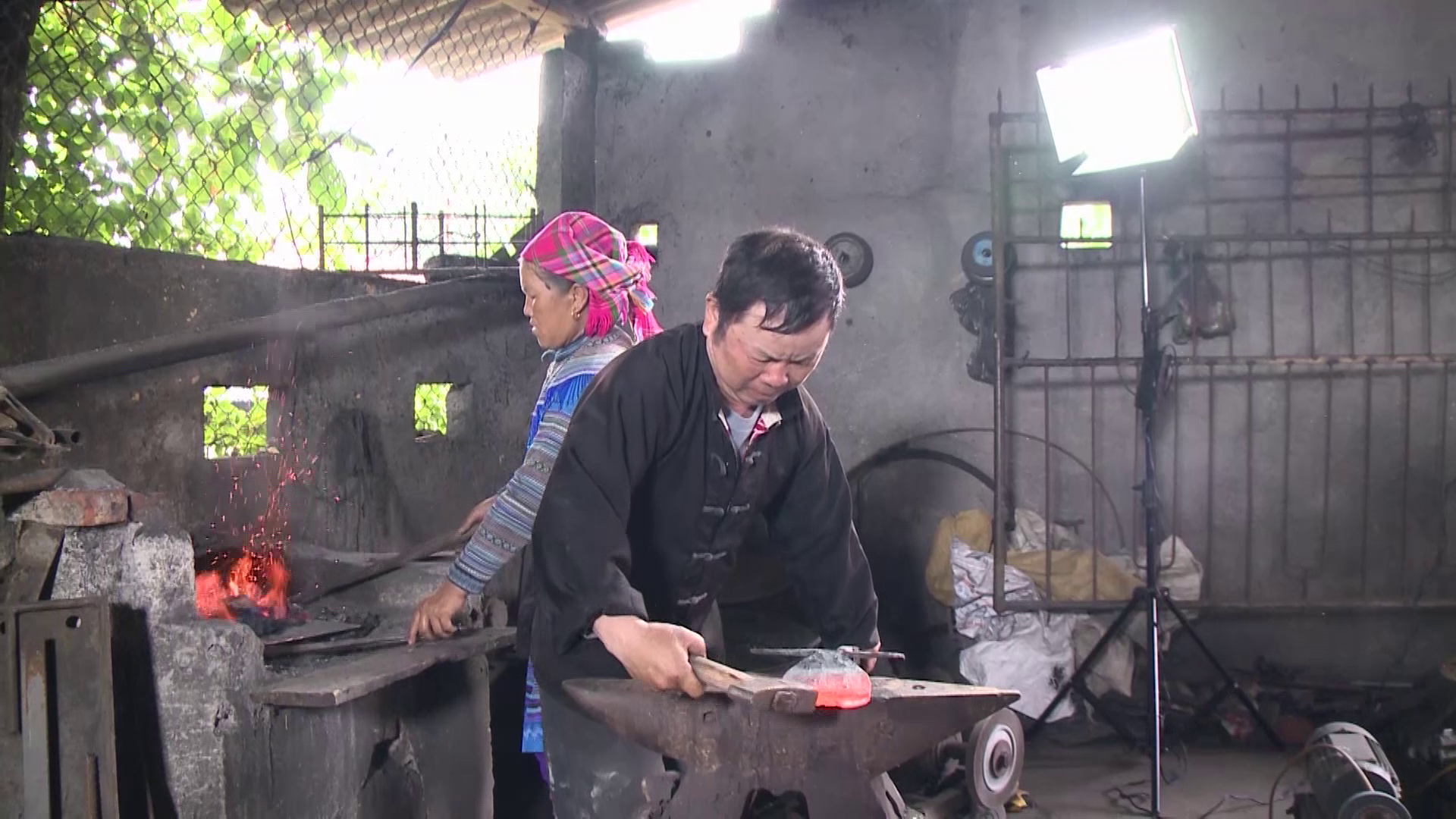

![[Photo] Prime Minister Pham Minh Chinh receives Mr. Jefferey Perlman, CEO of Warburg Pincus Group (USA)](https://vstatic.vietnam.vn/vietnam/resource/IMAGE/2025/4/18/c37781eeb50342f09d8fe6841db2426c)
![[UPDATE] April 30th parade rehearsal on Le Duan street in front of Independence Palace](https://vstatic.vietnam.vn/vietnam/resource/IMAGE/2025/4/18/8f2604c6bc5648d4b918bd6867d08396)
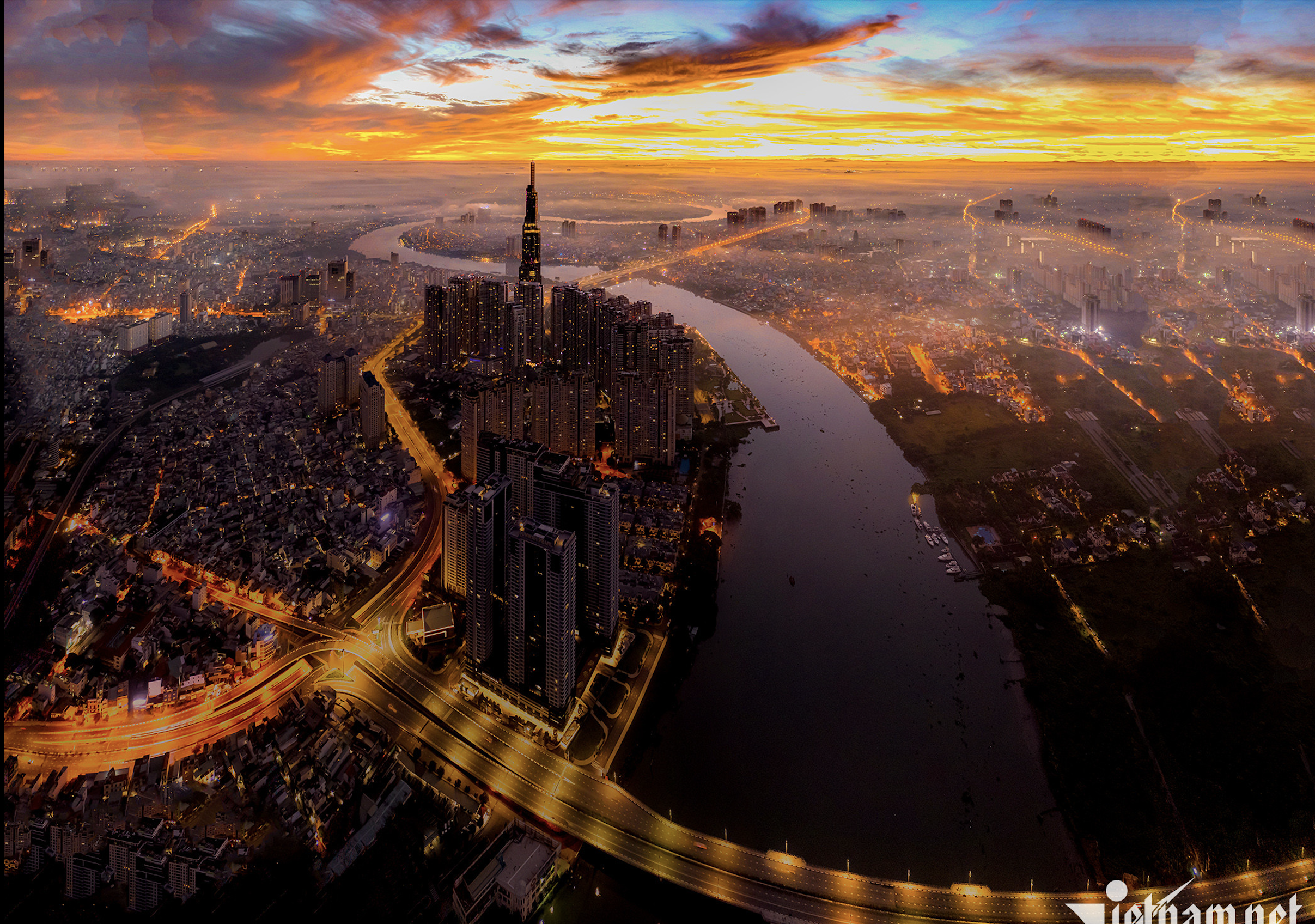
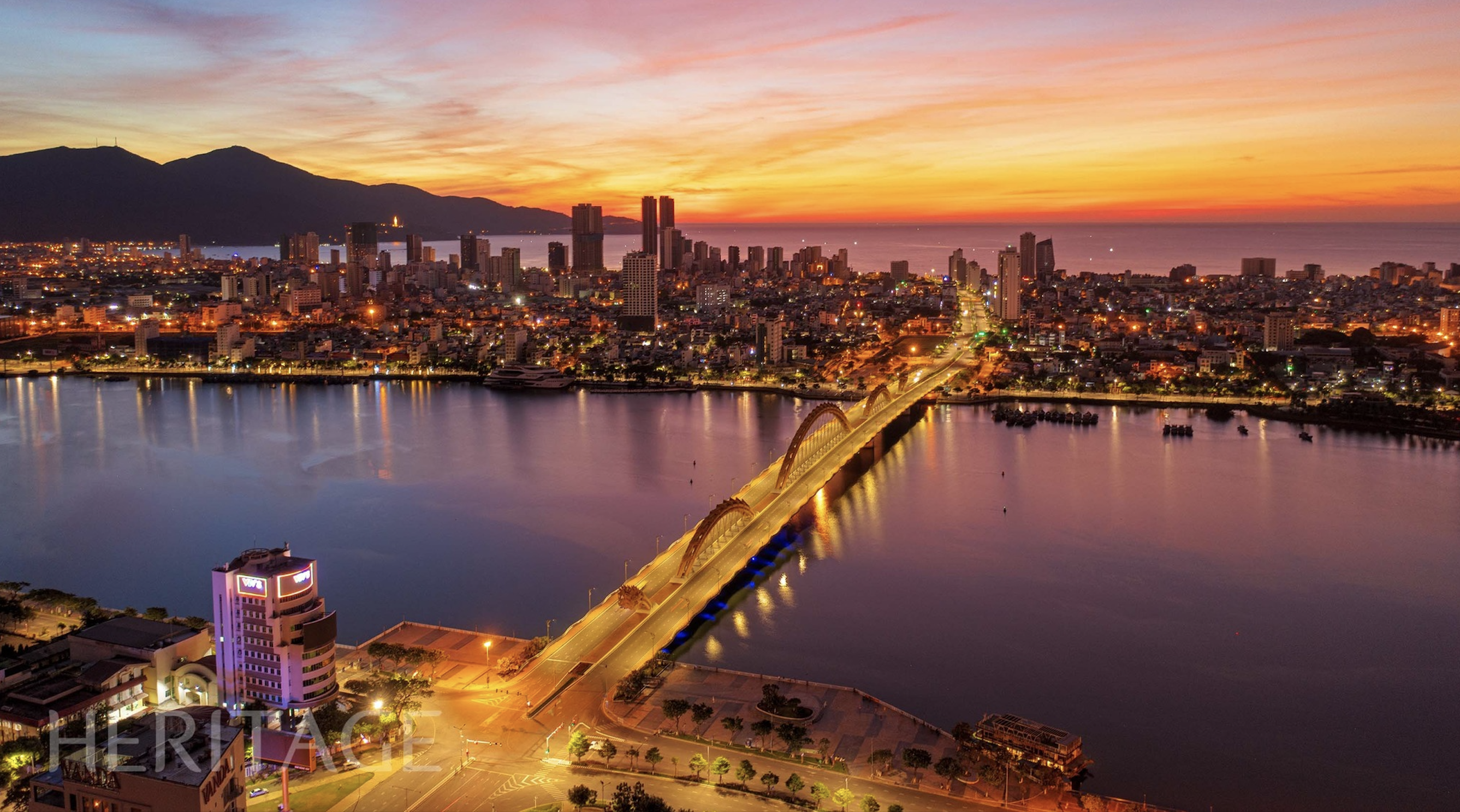



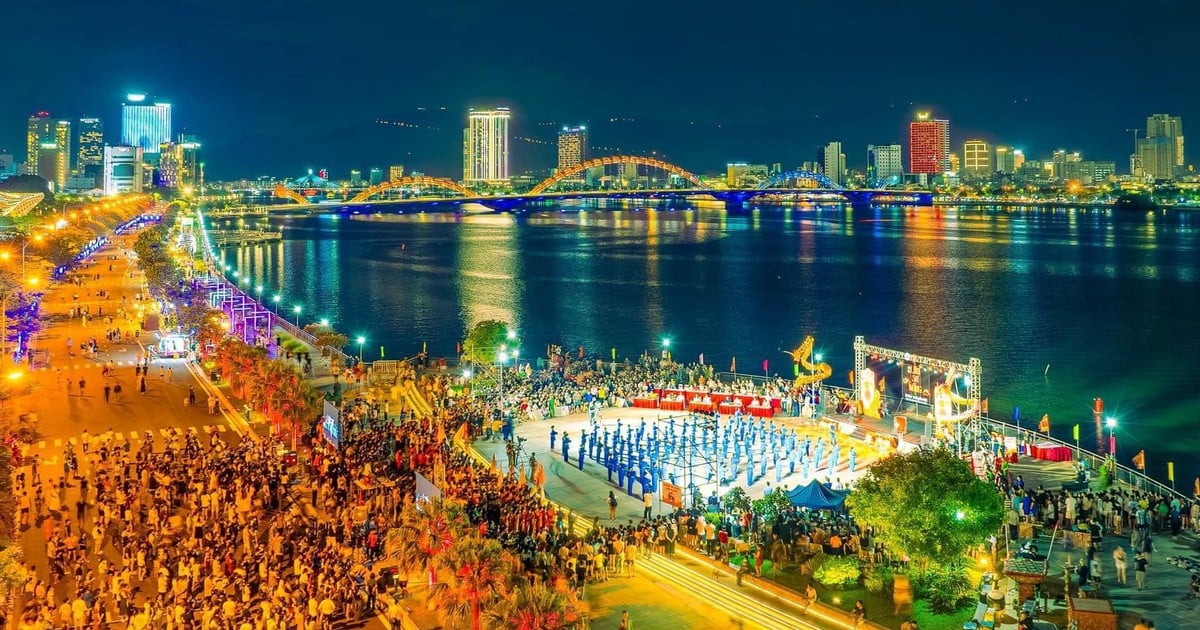

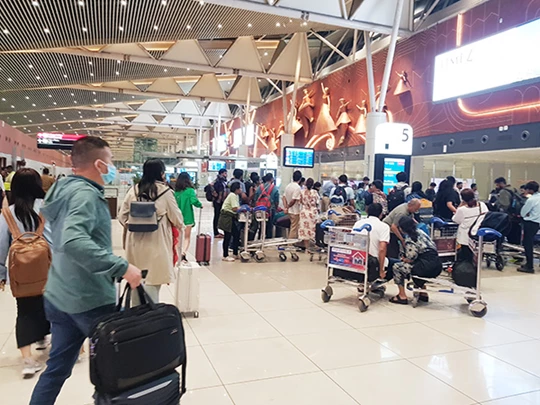
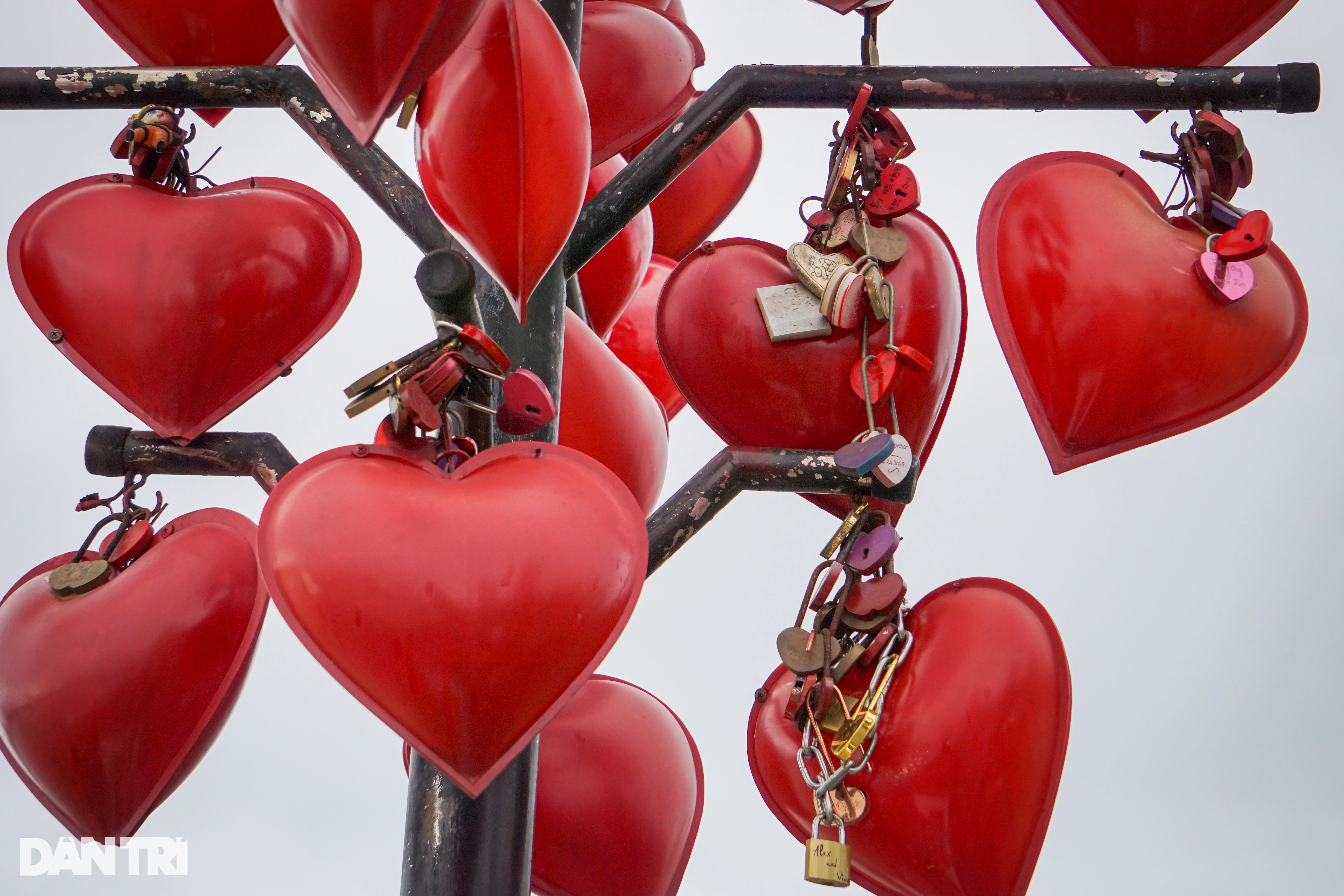

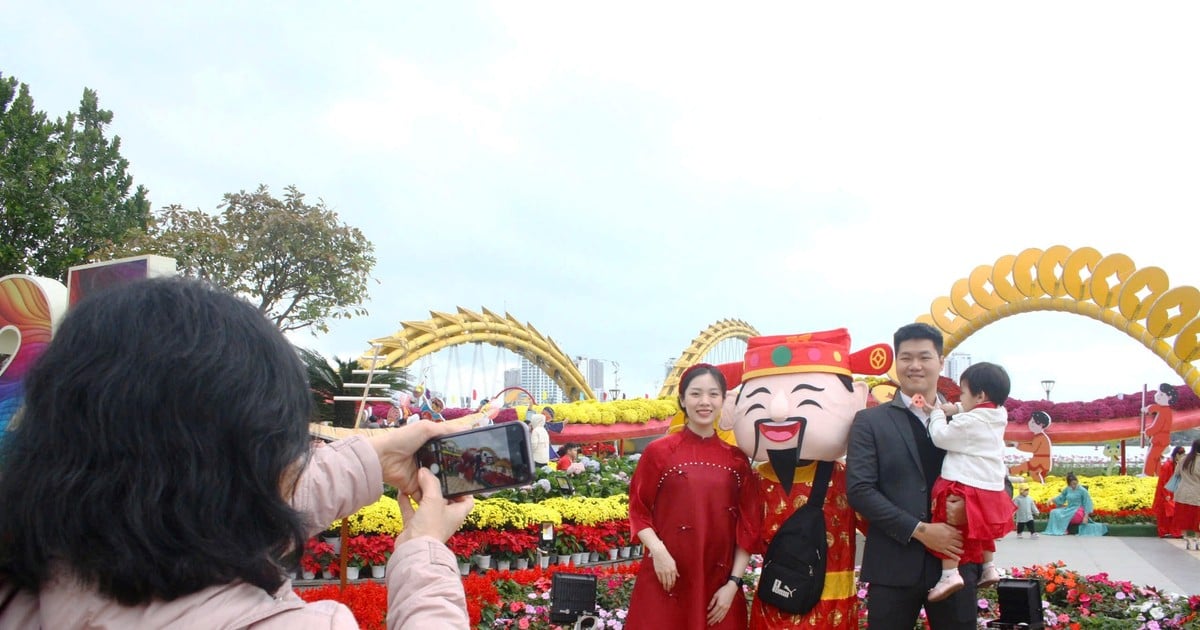

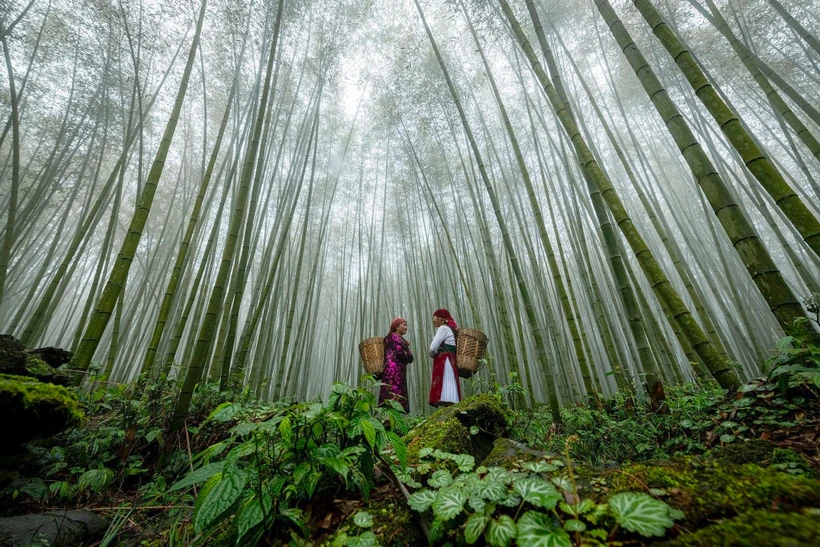
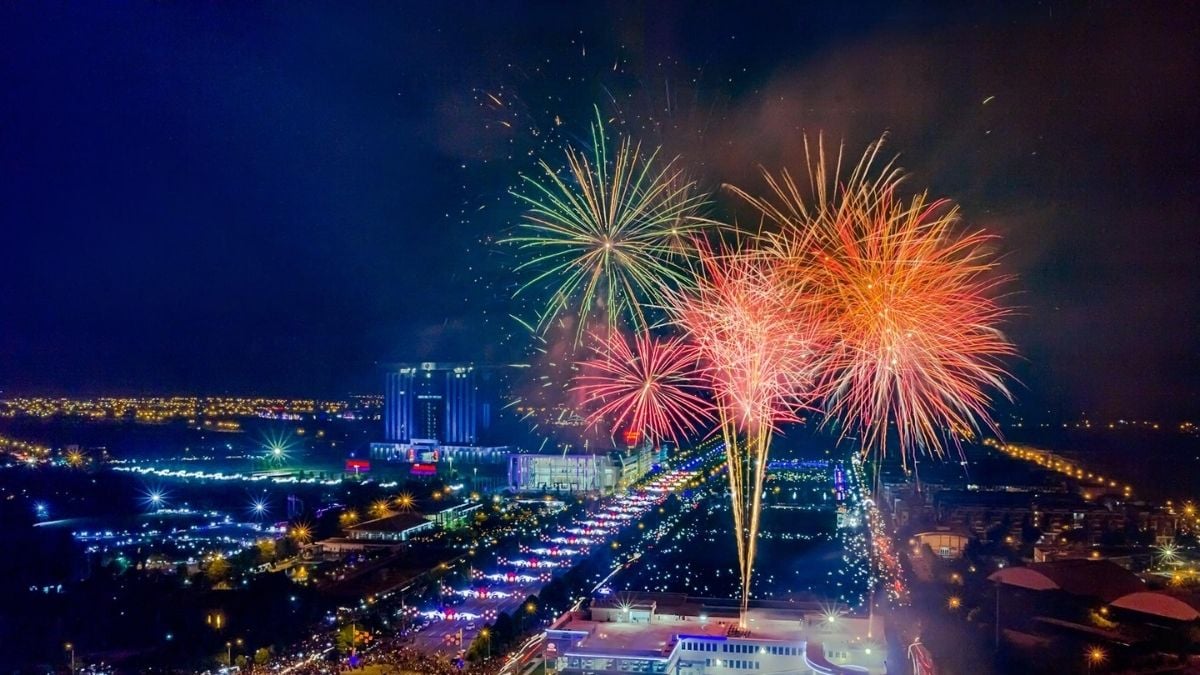
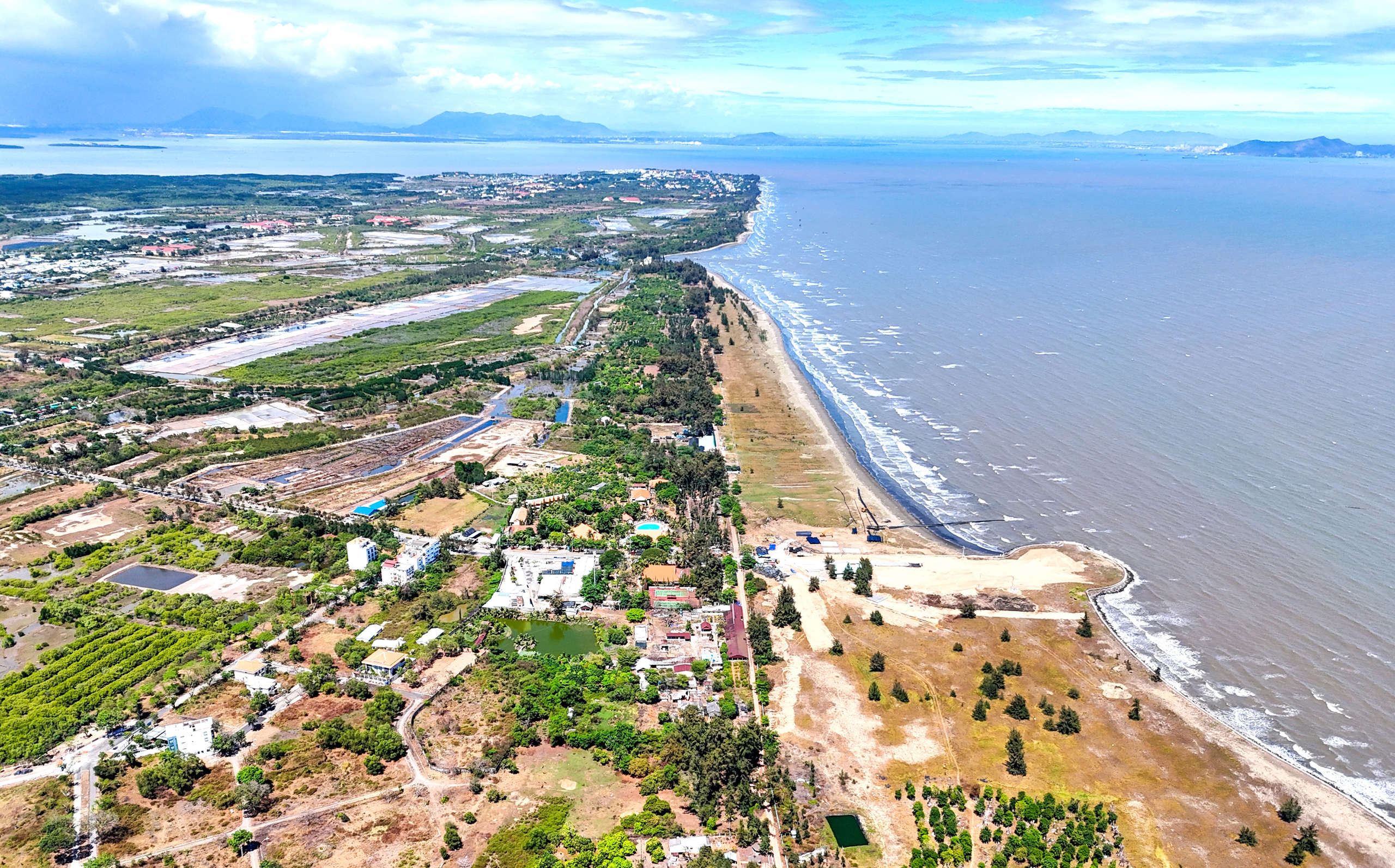
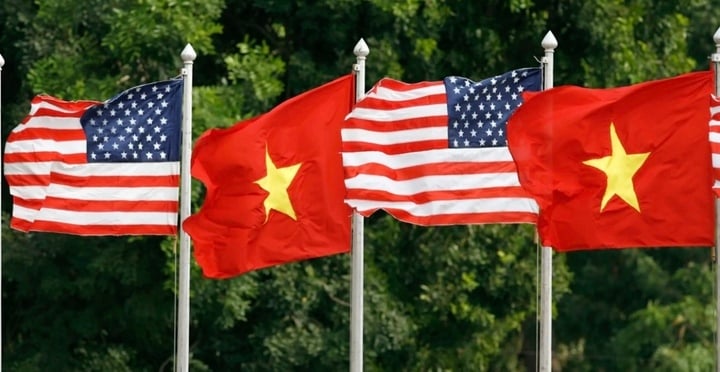
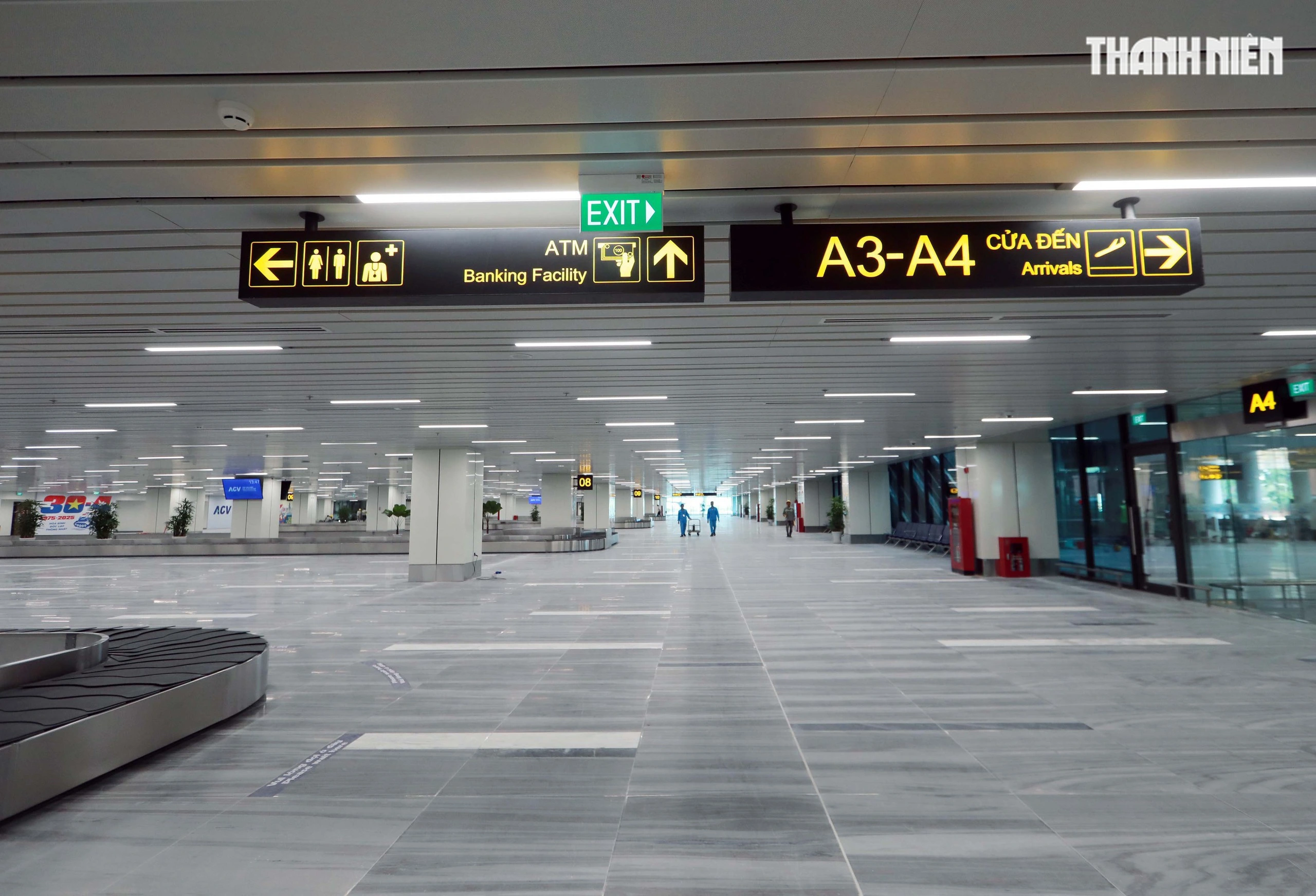




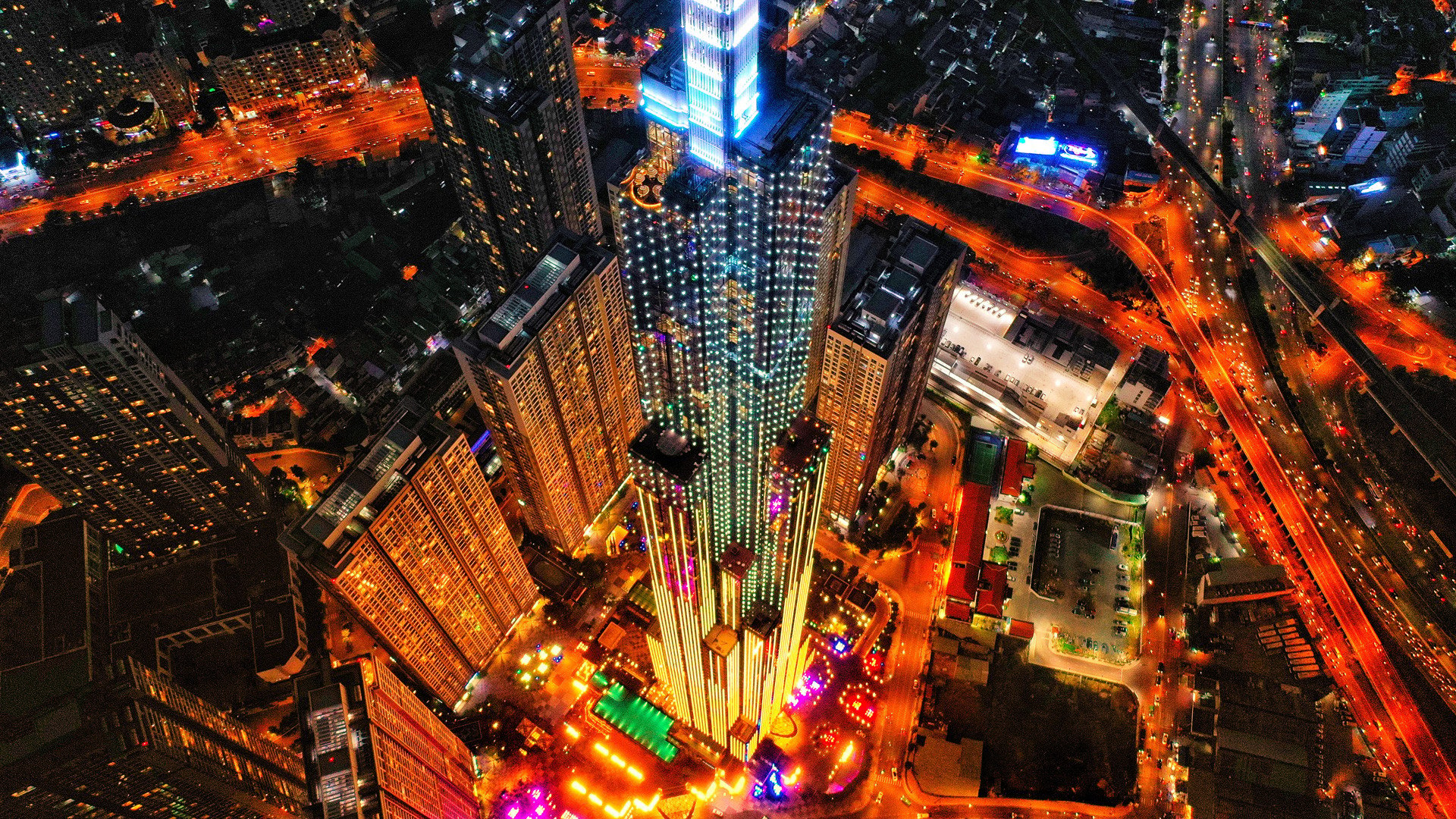

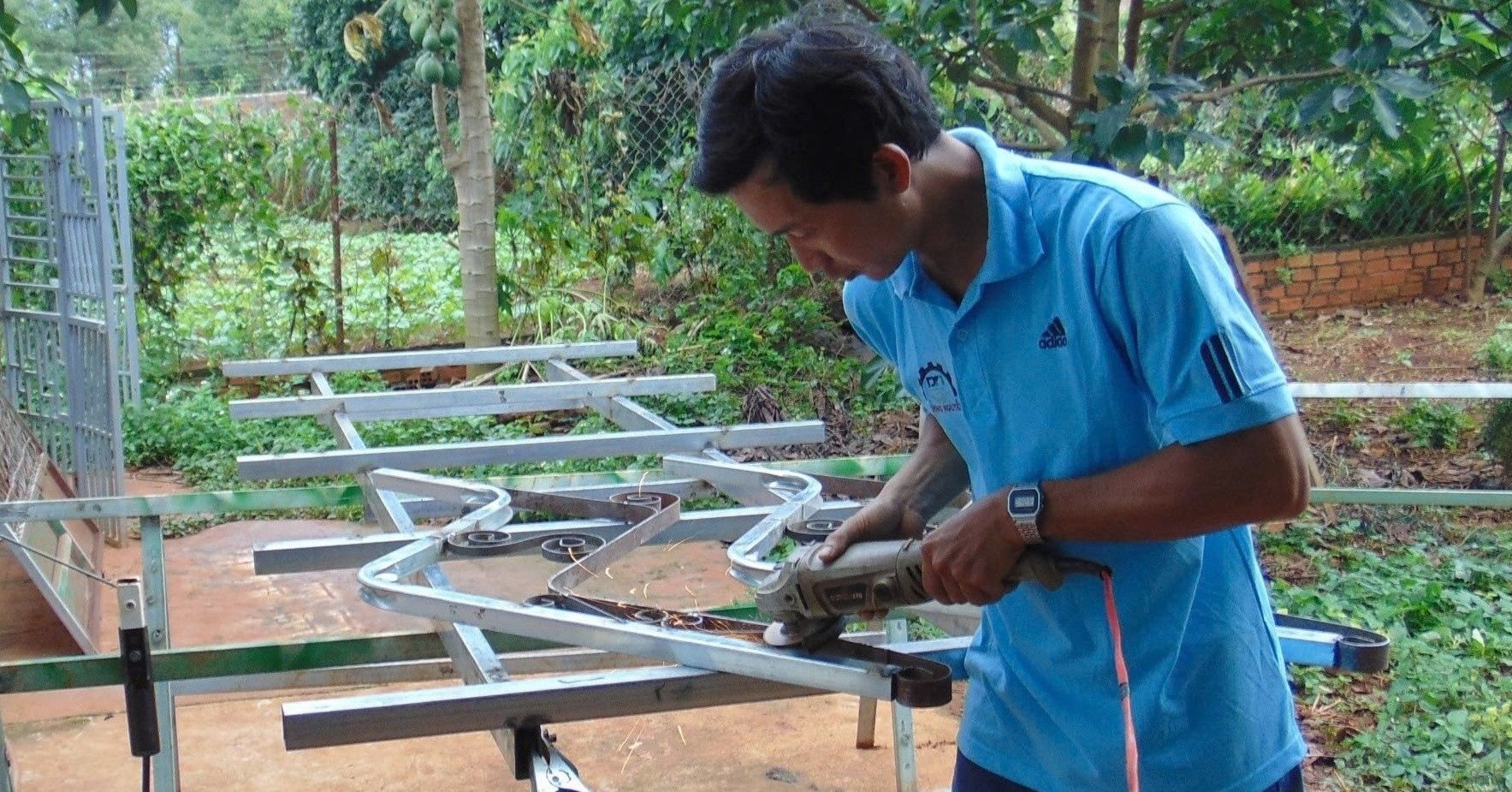
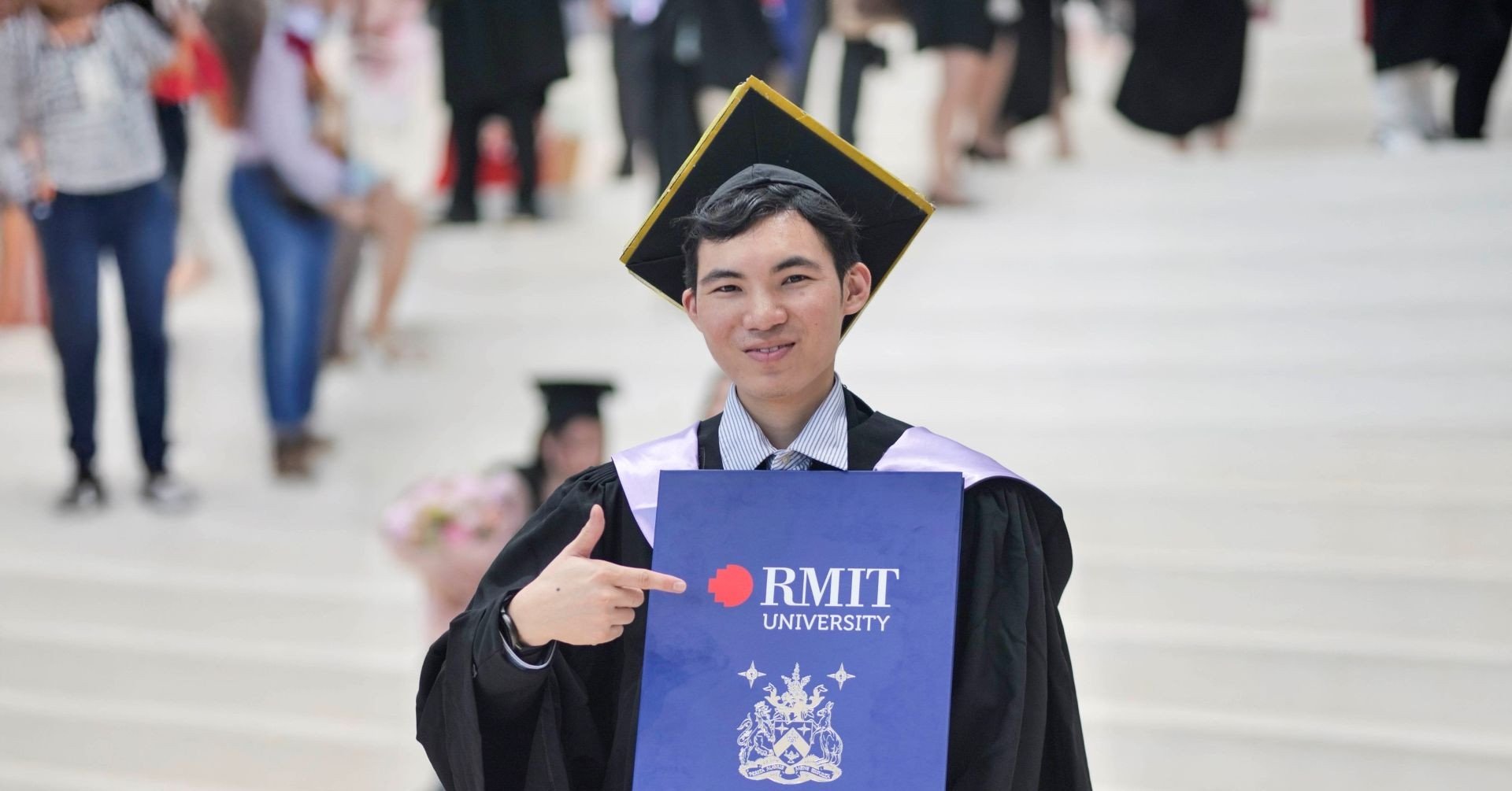




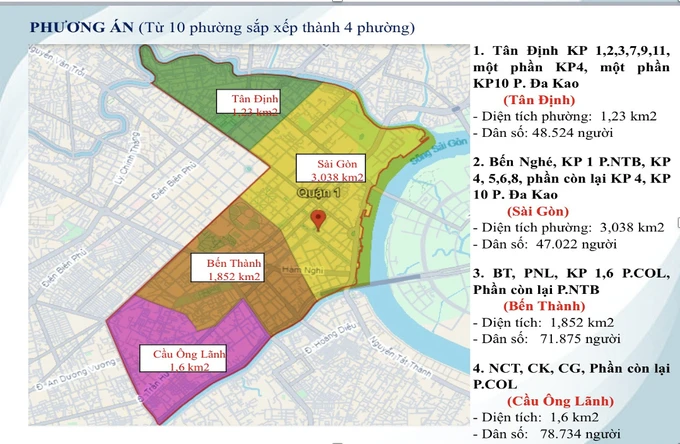

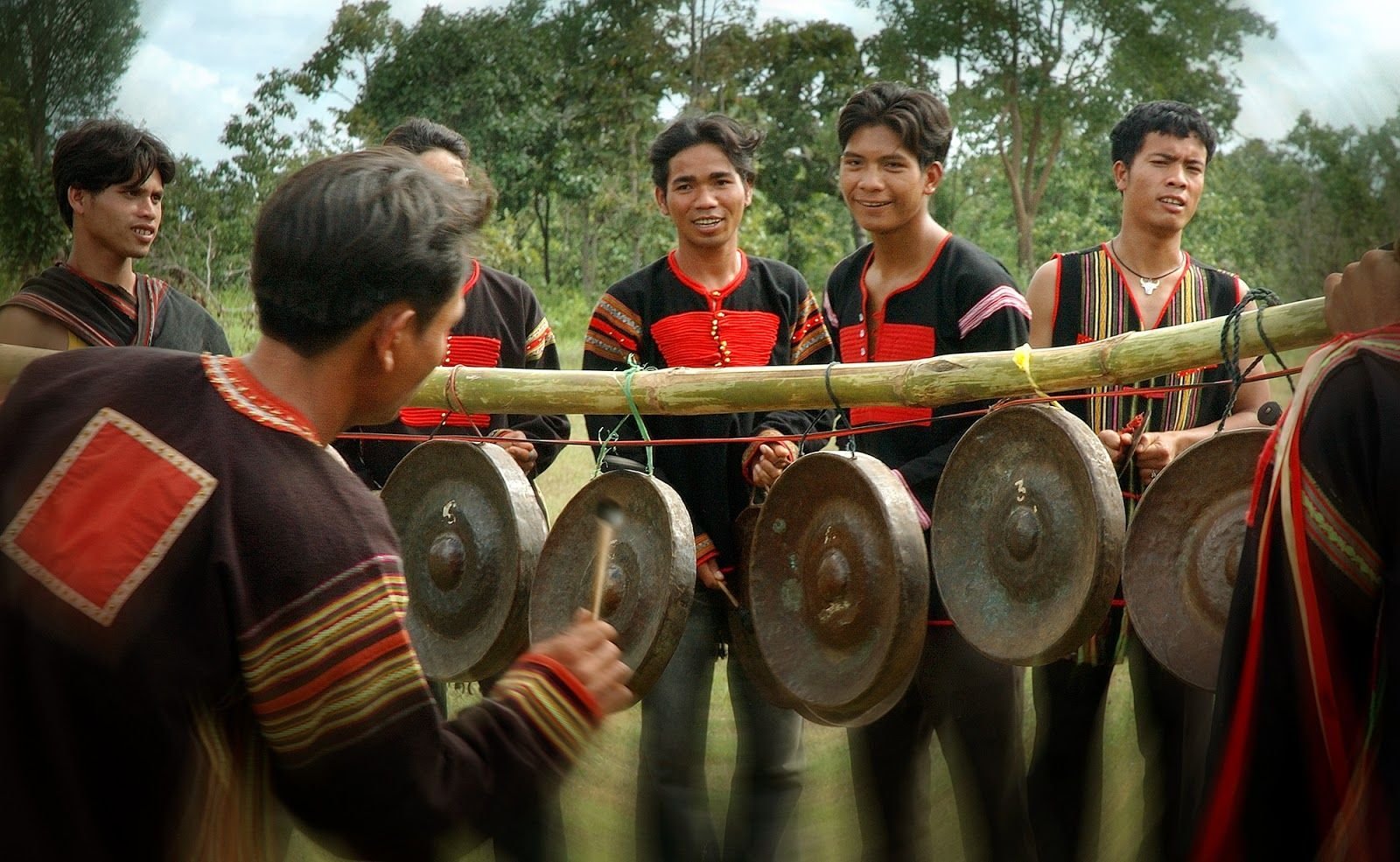

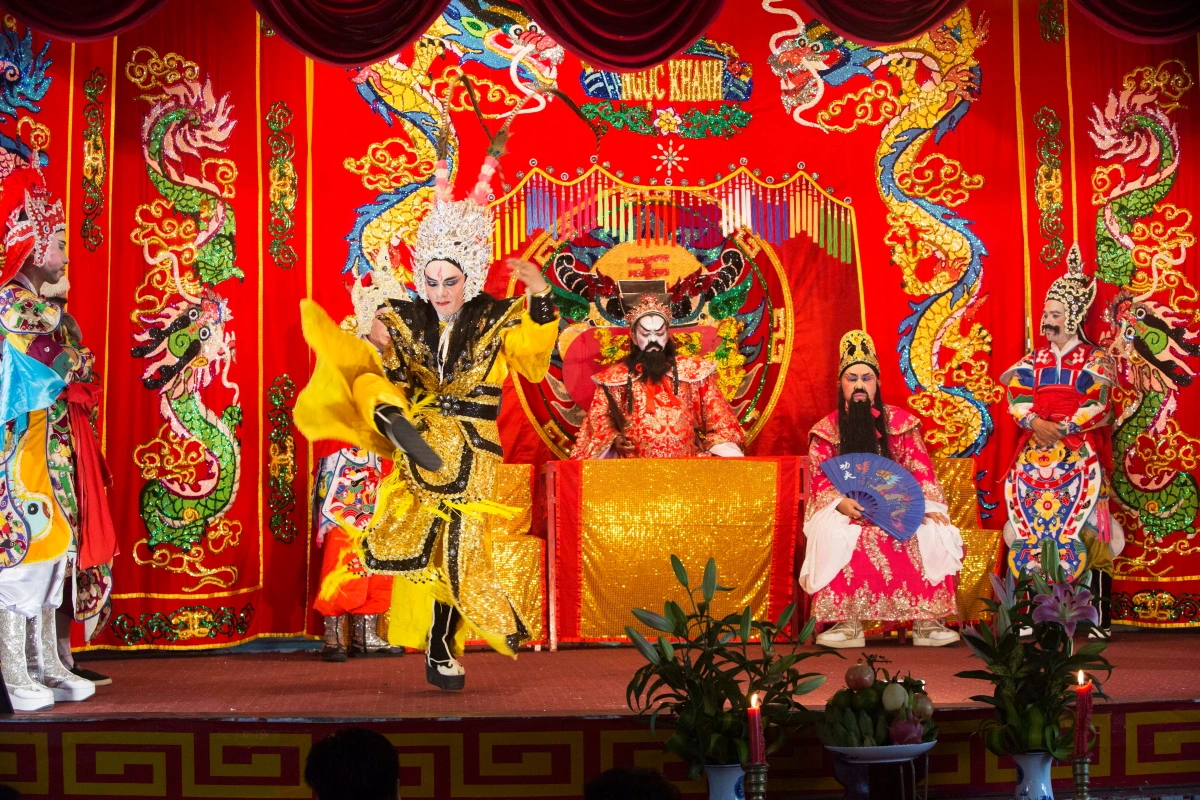



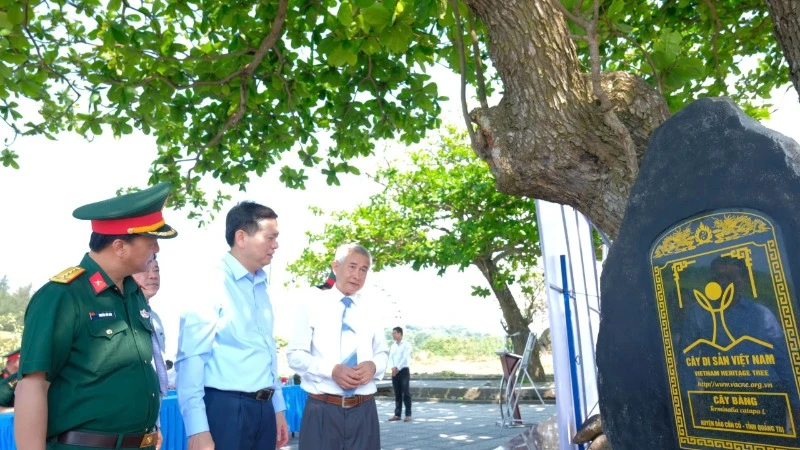

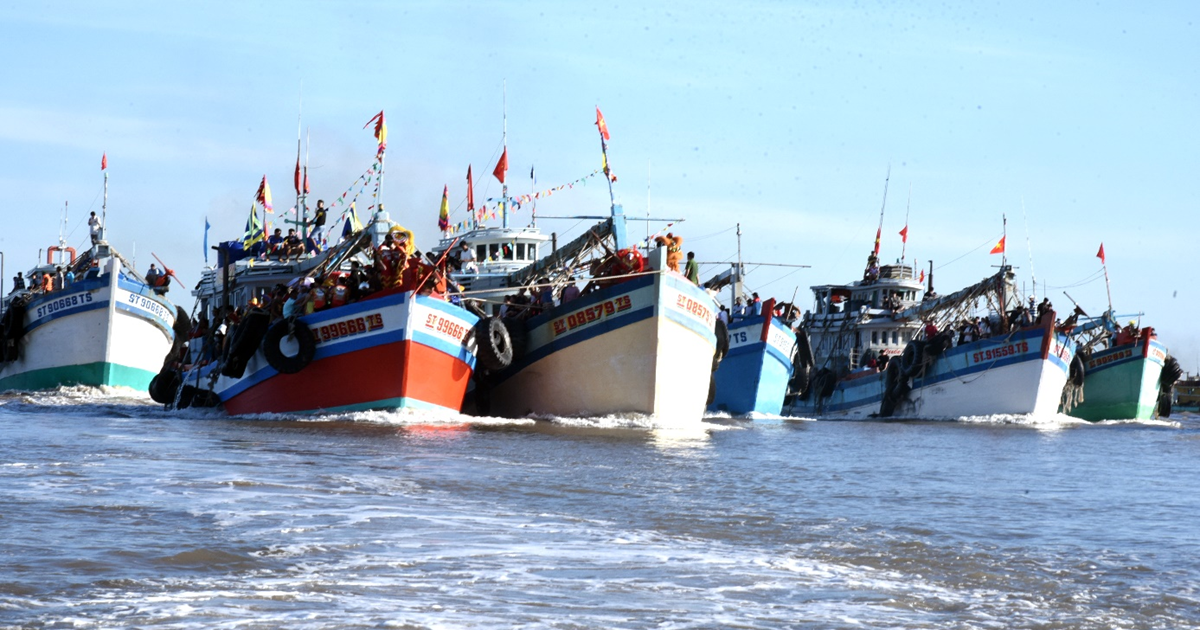



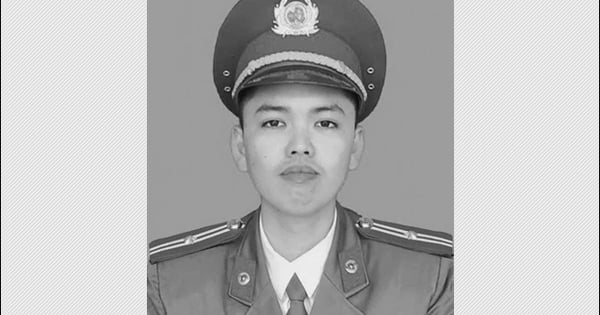







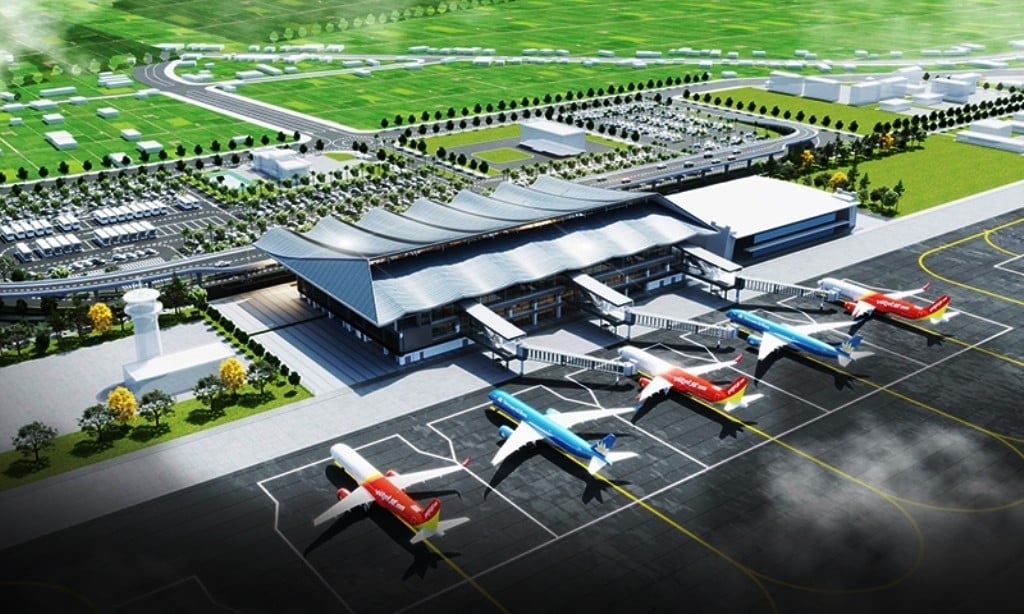

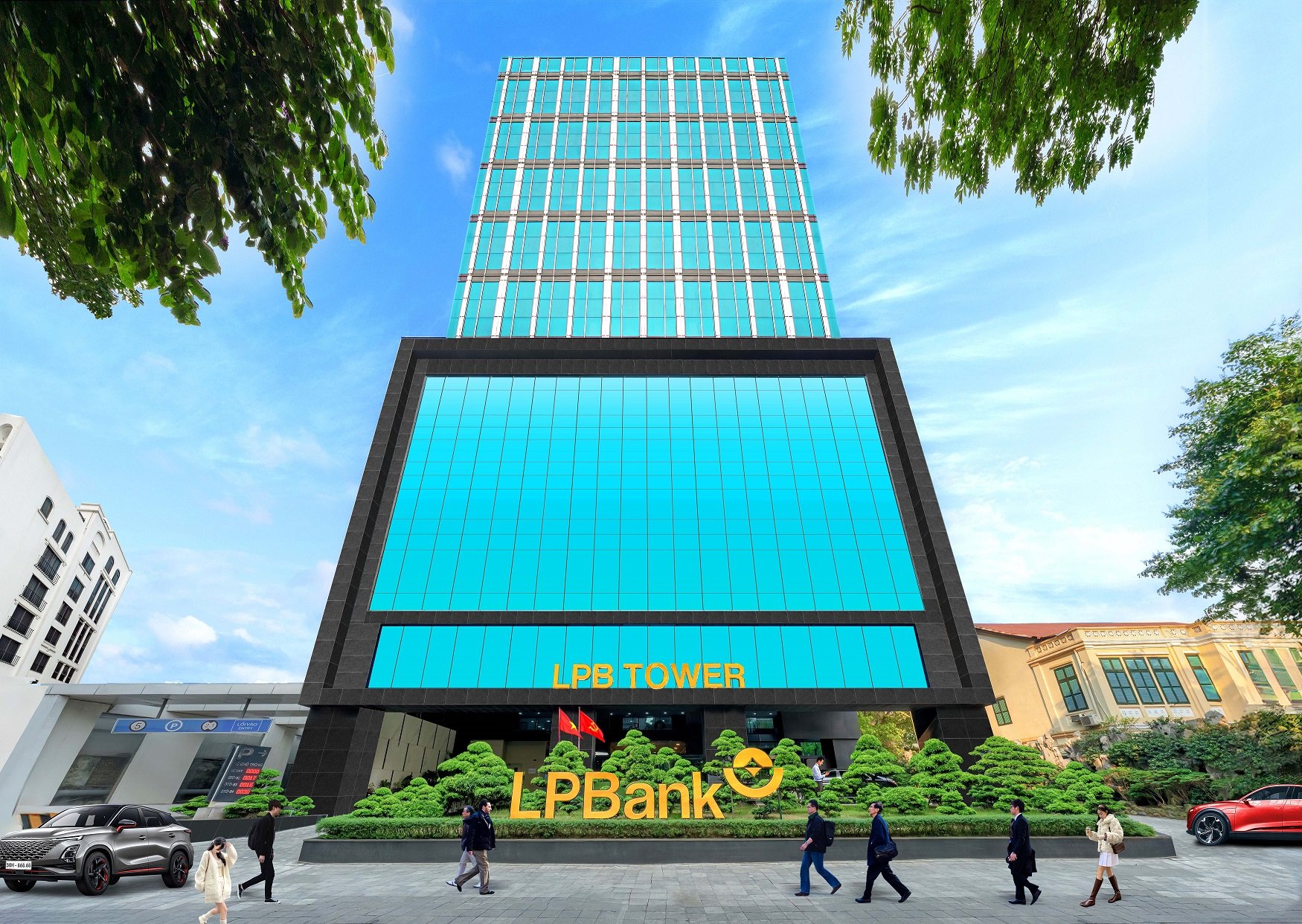







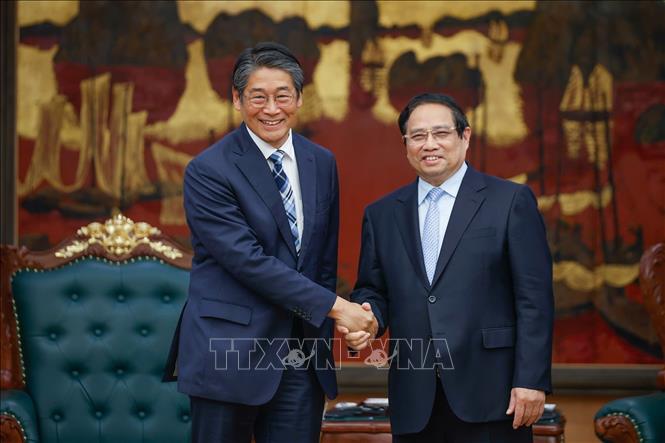
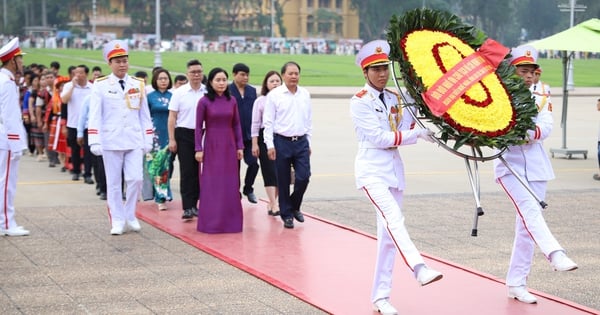

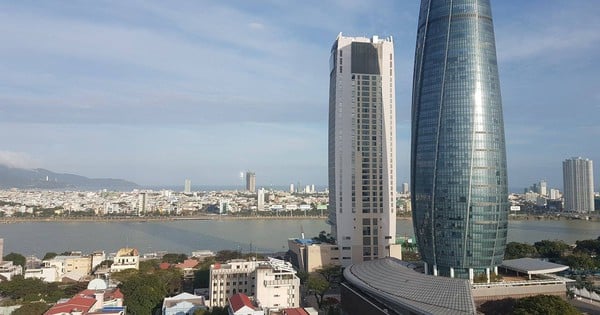
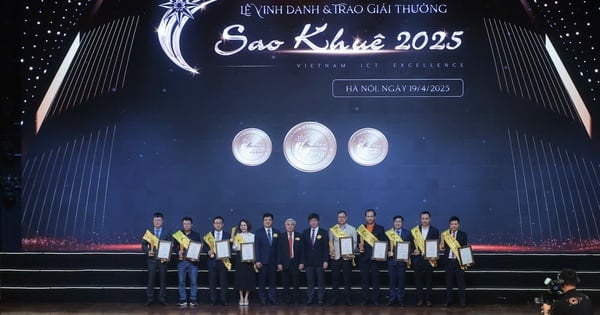



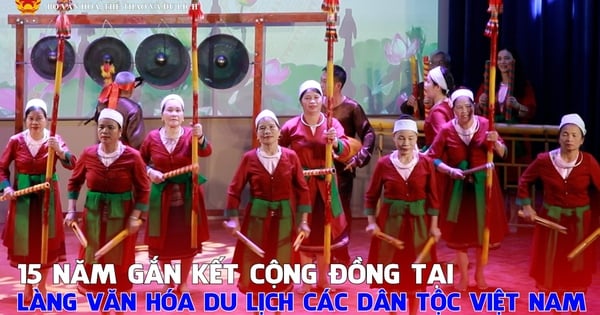



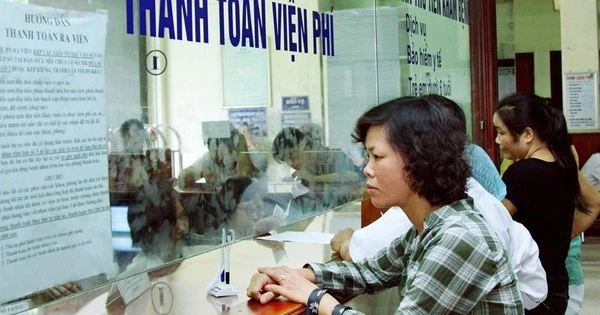



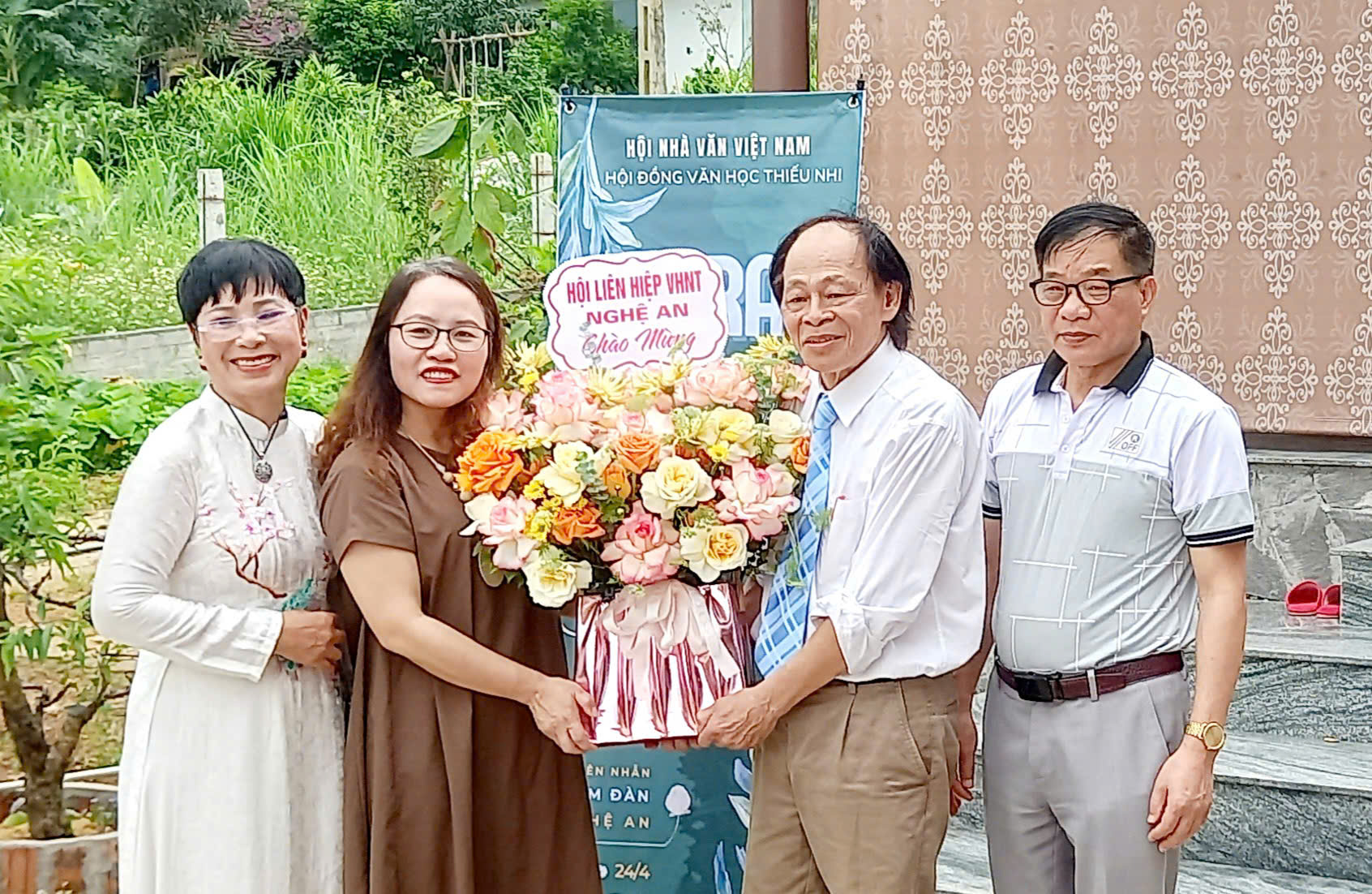

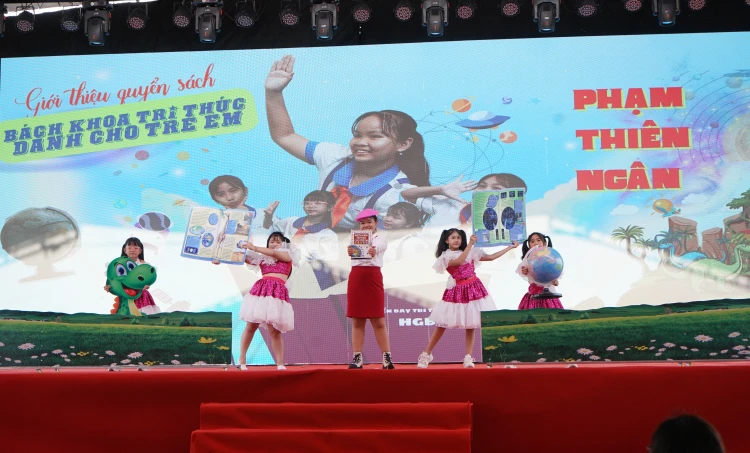




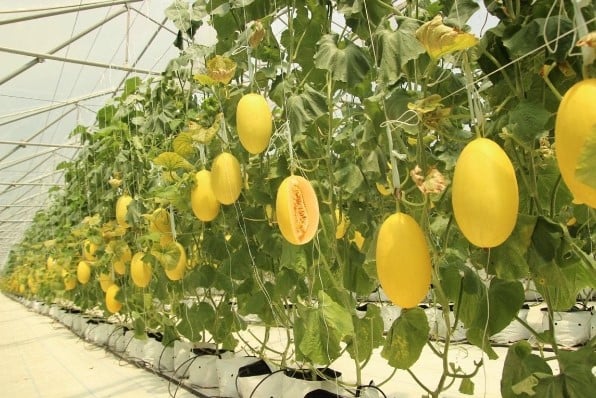
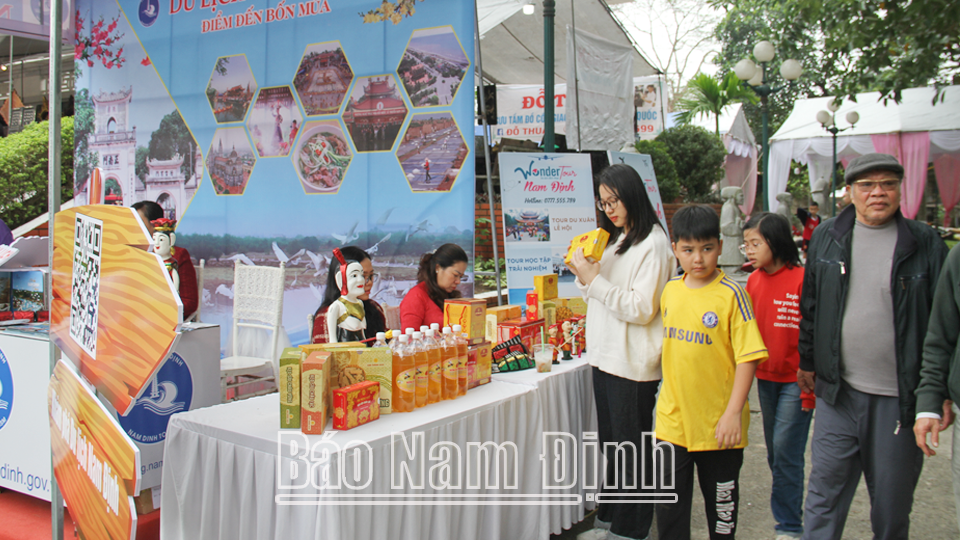




Comment (0)